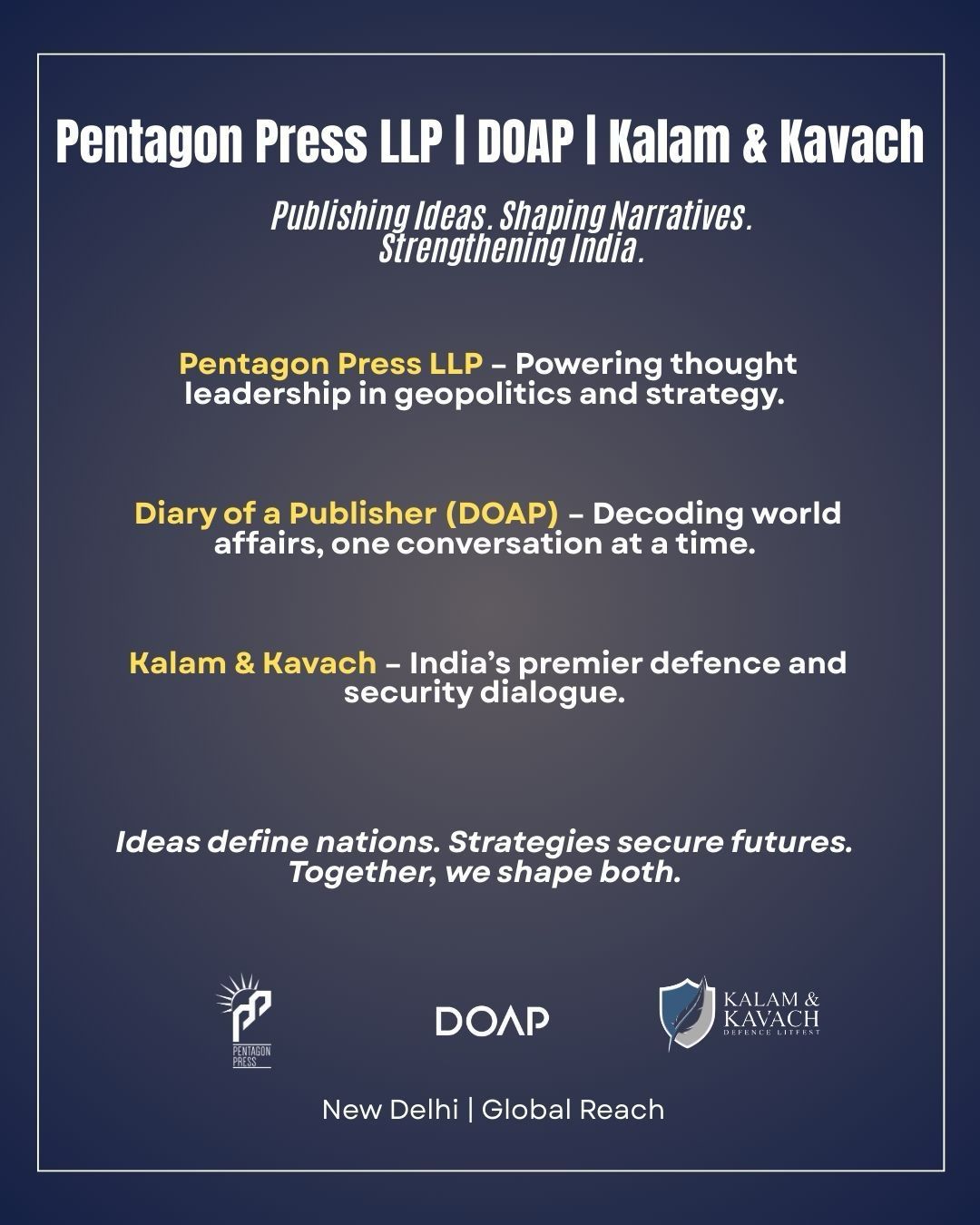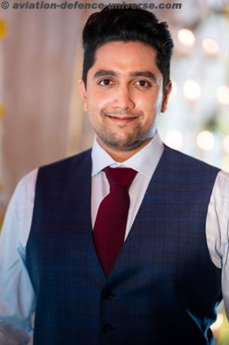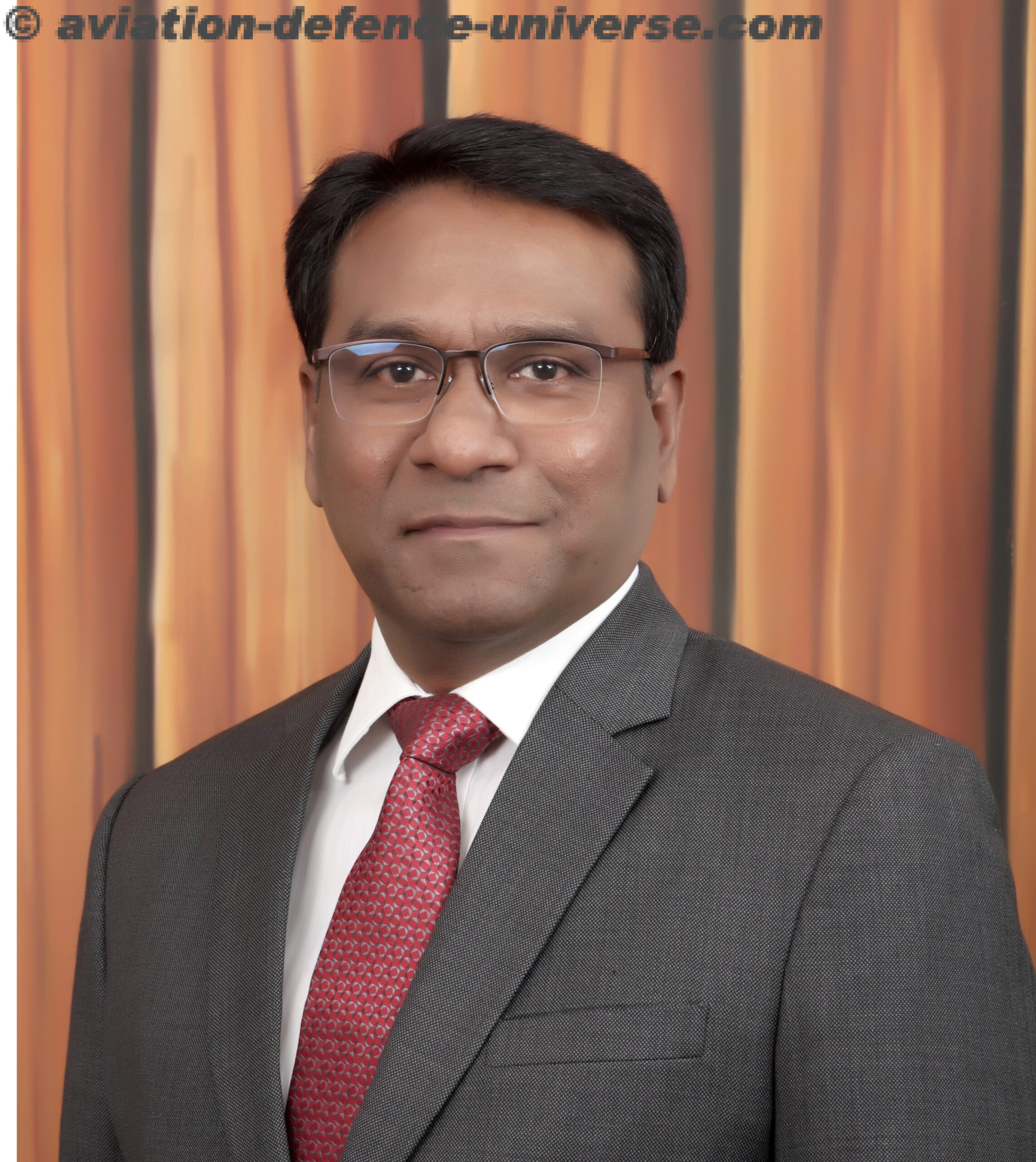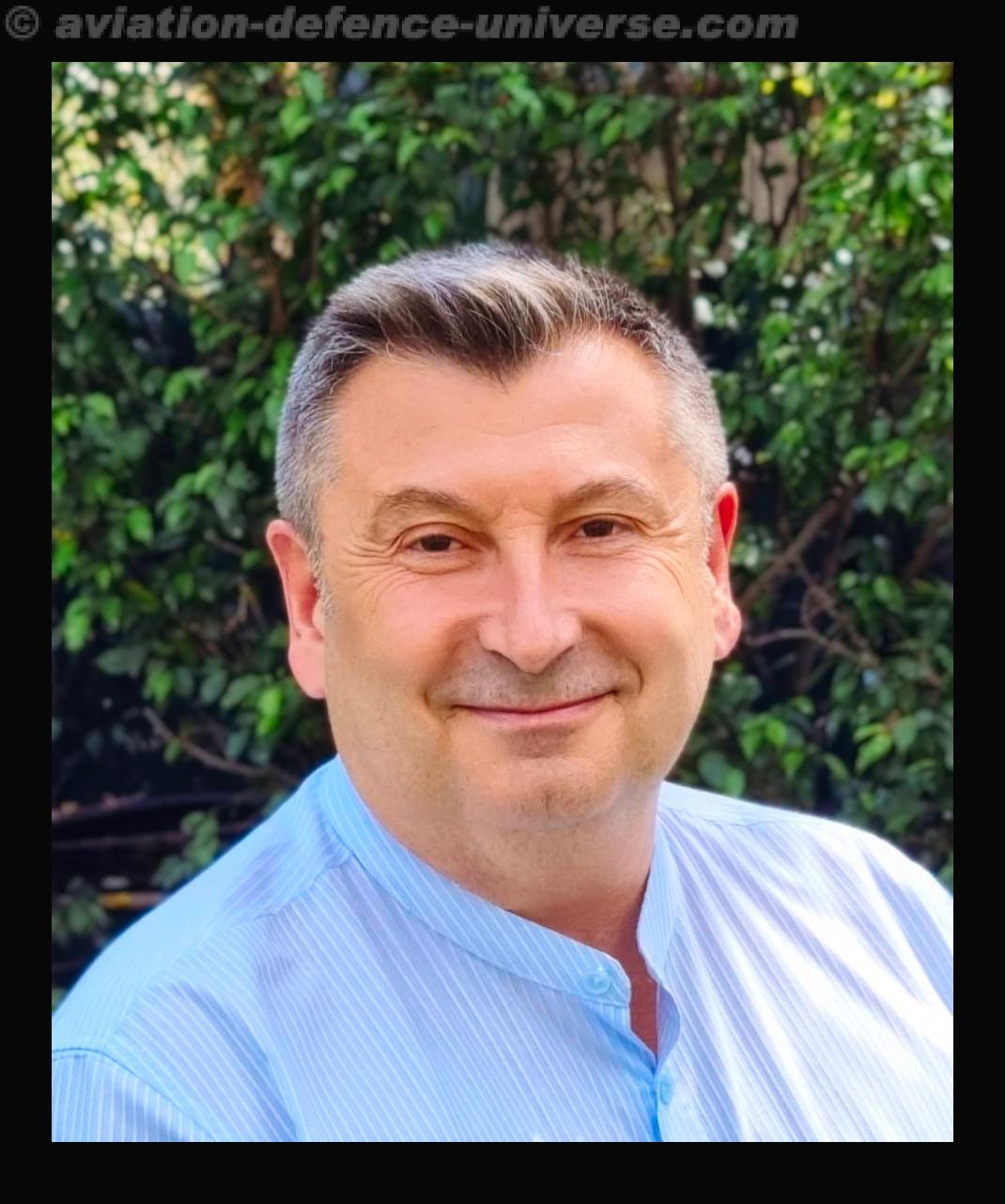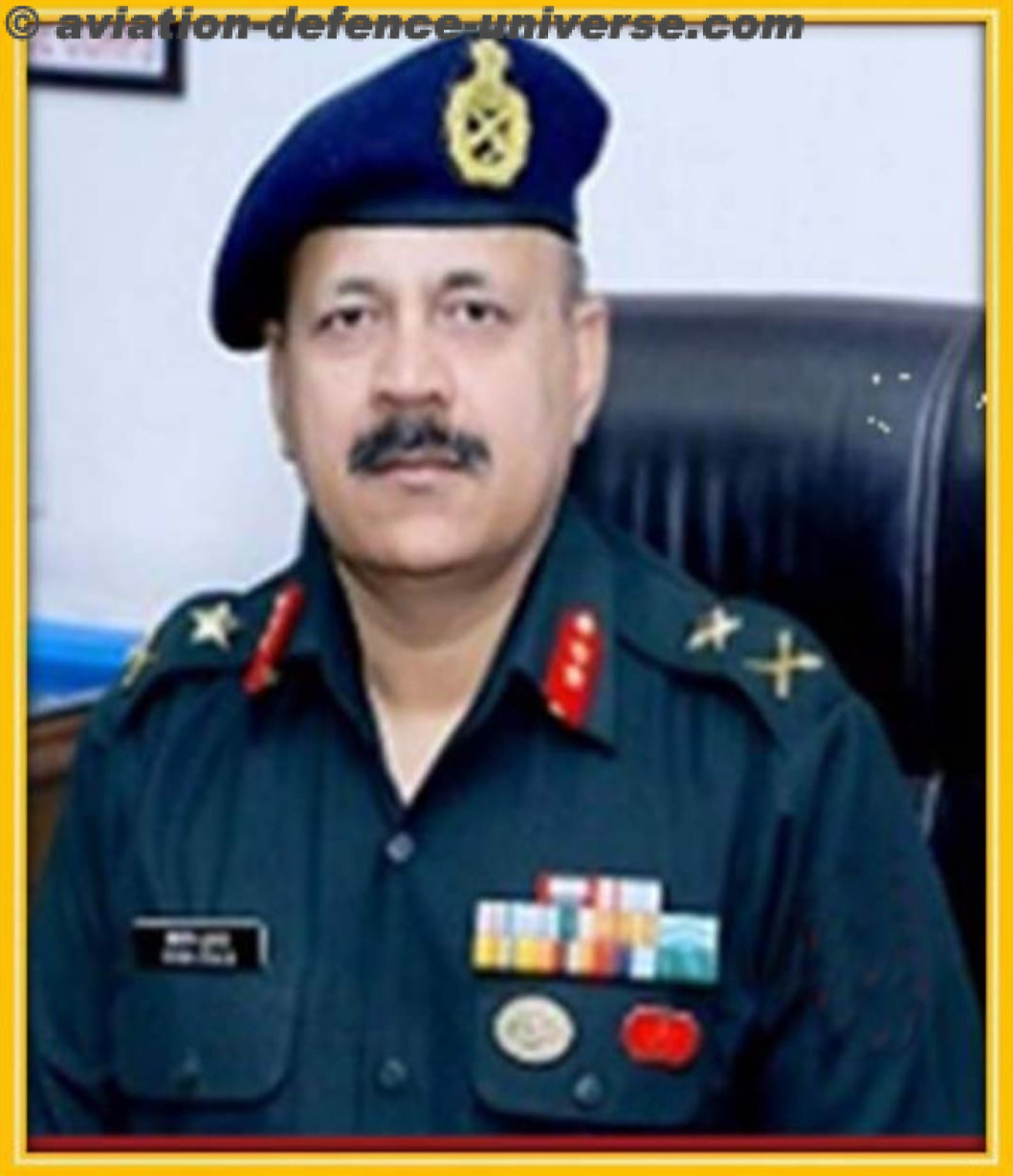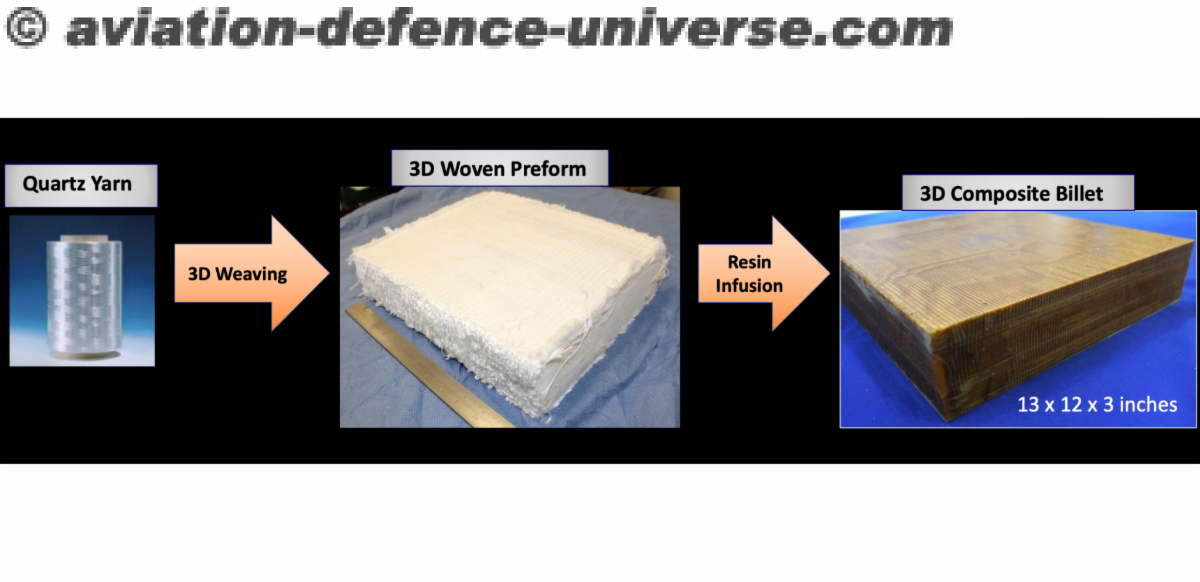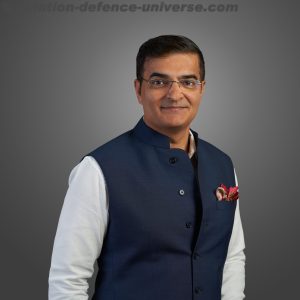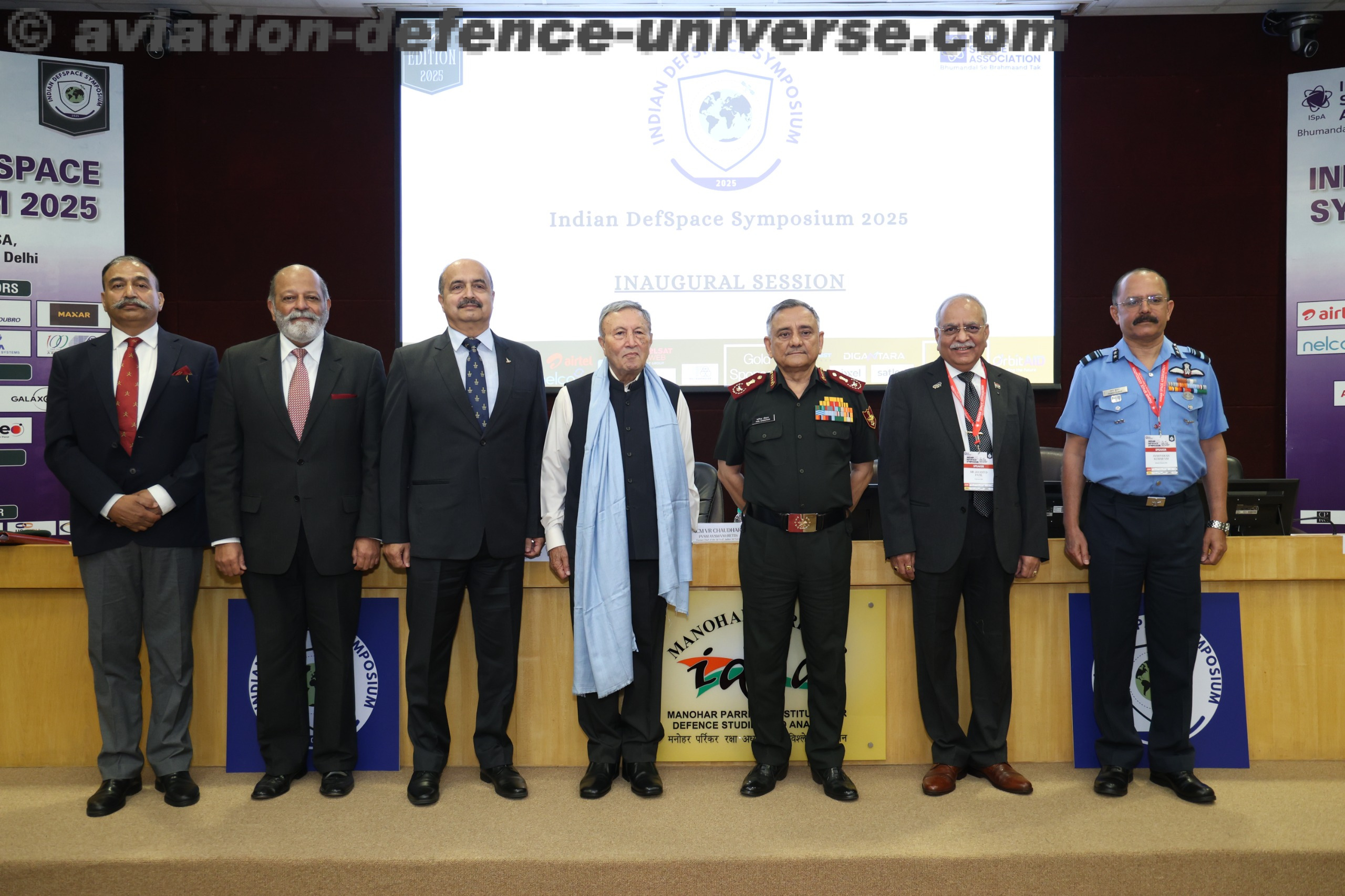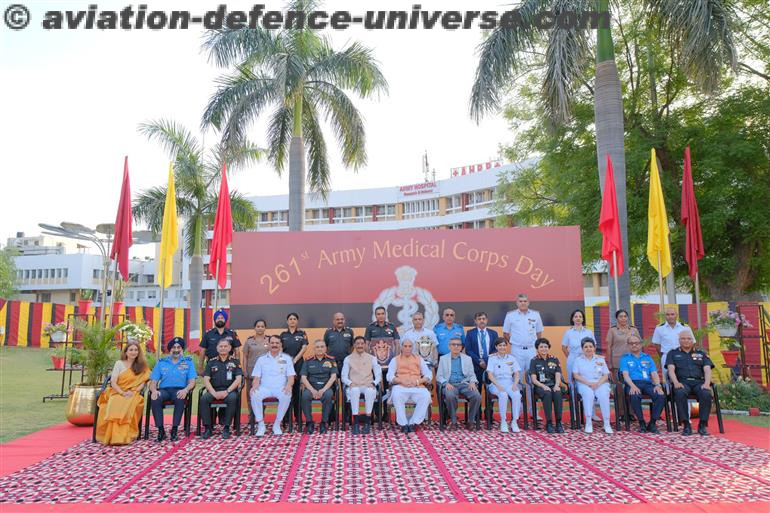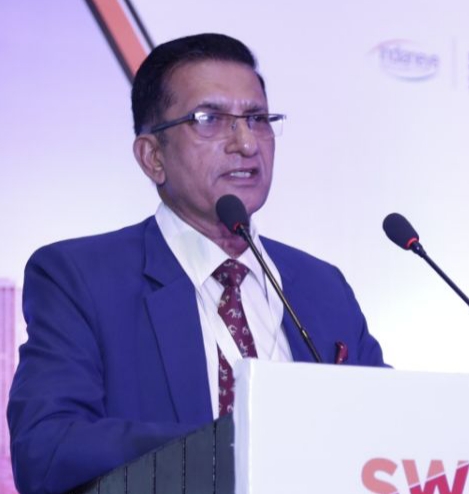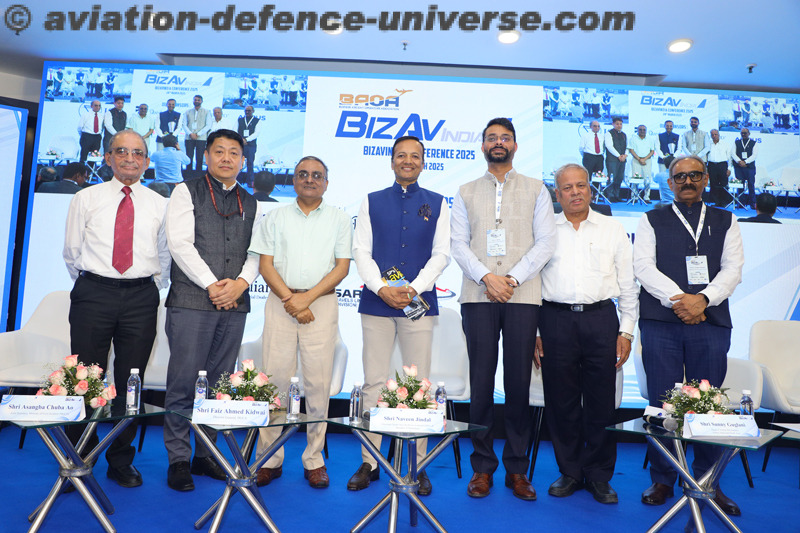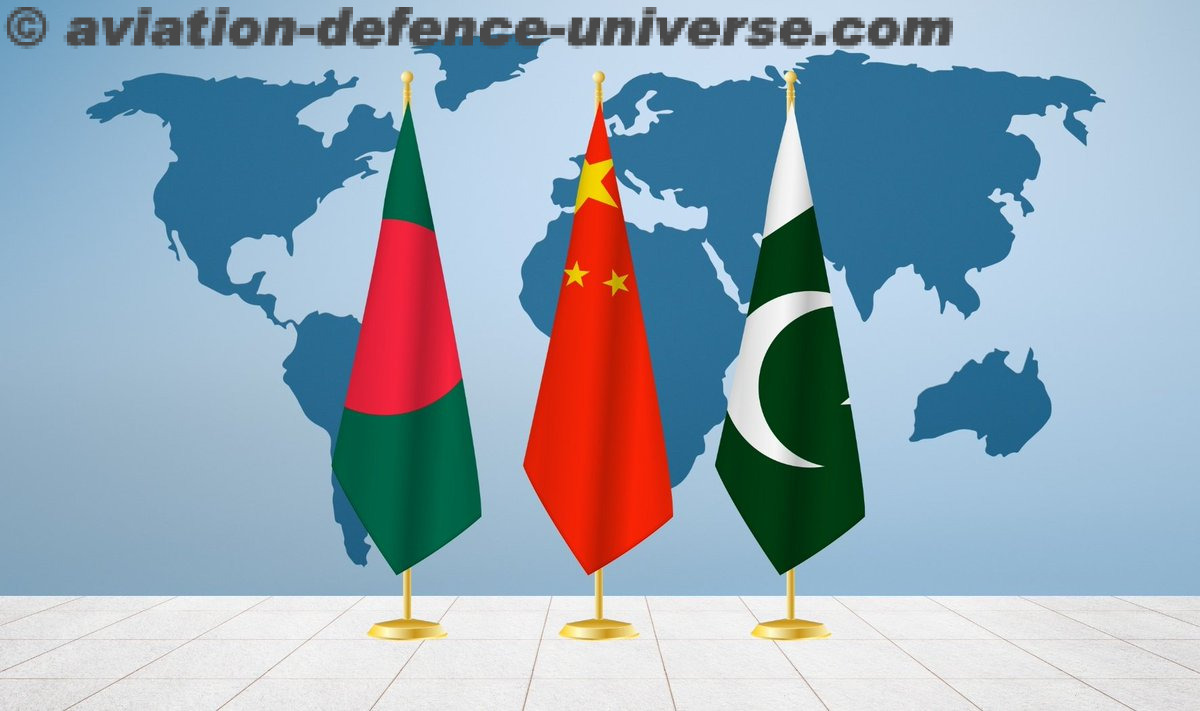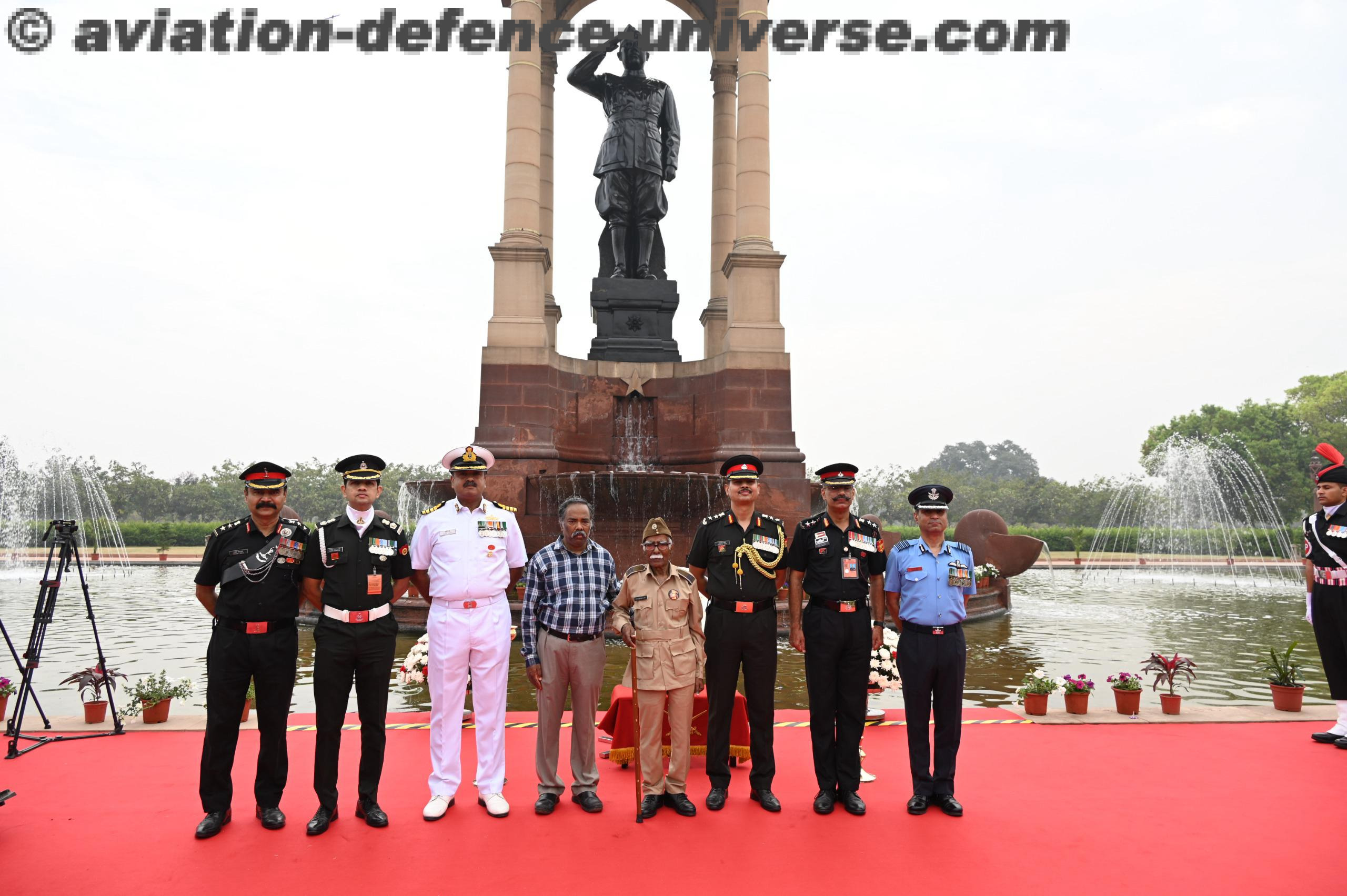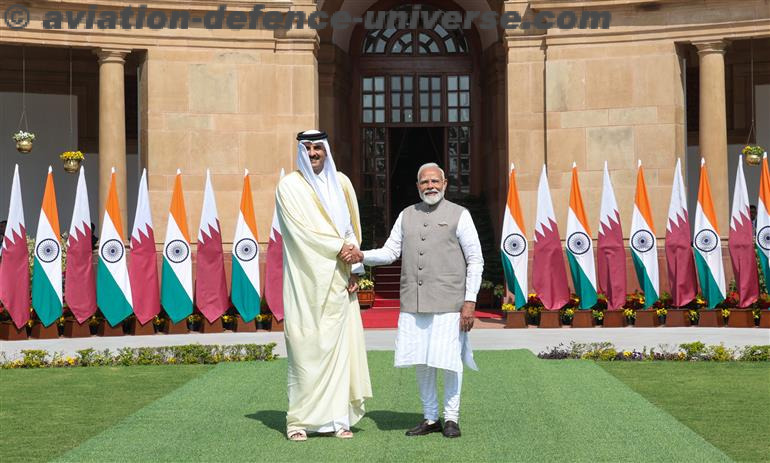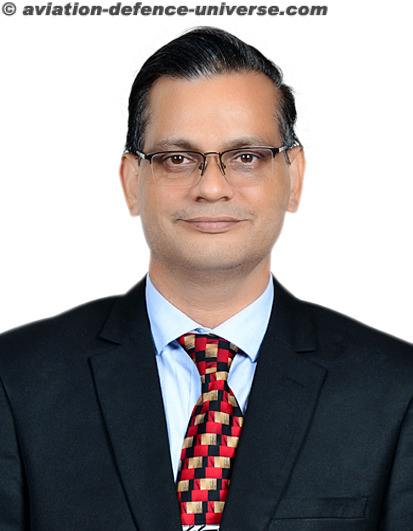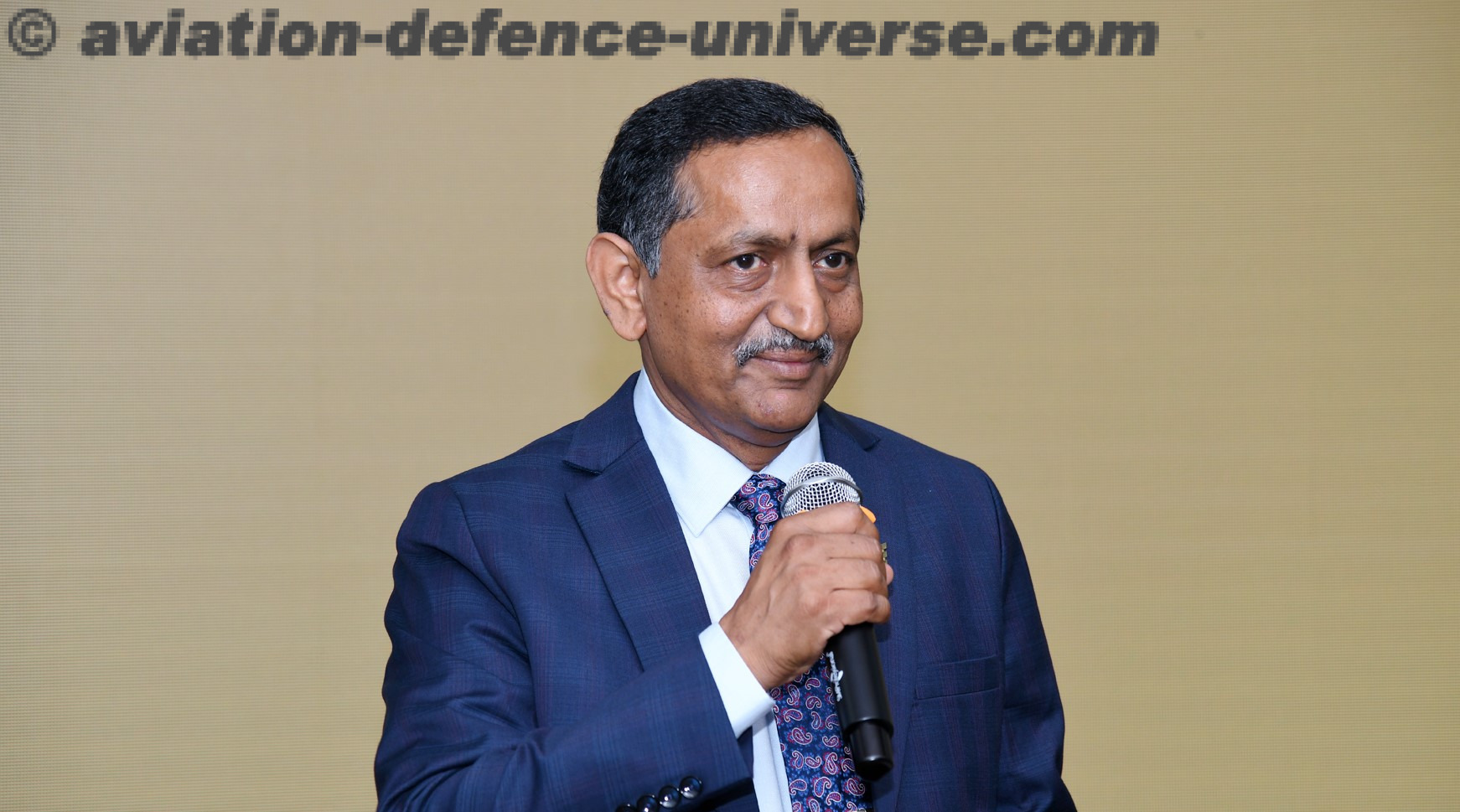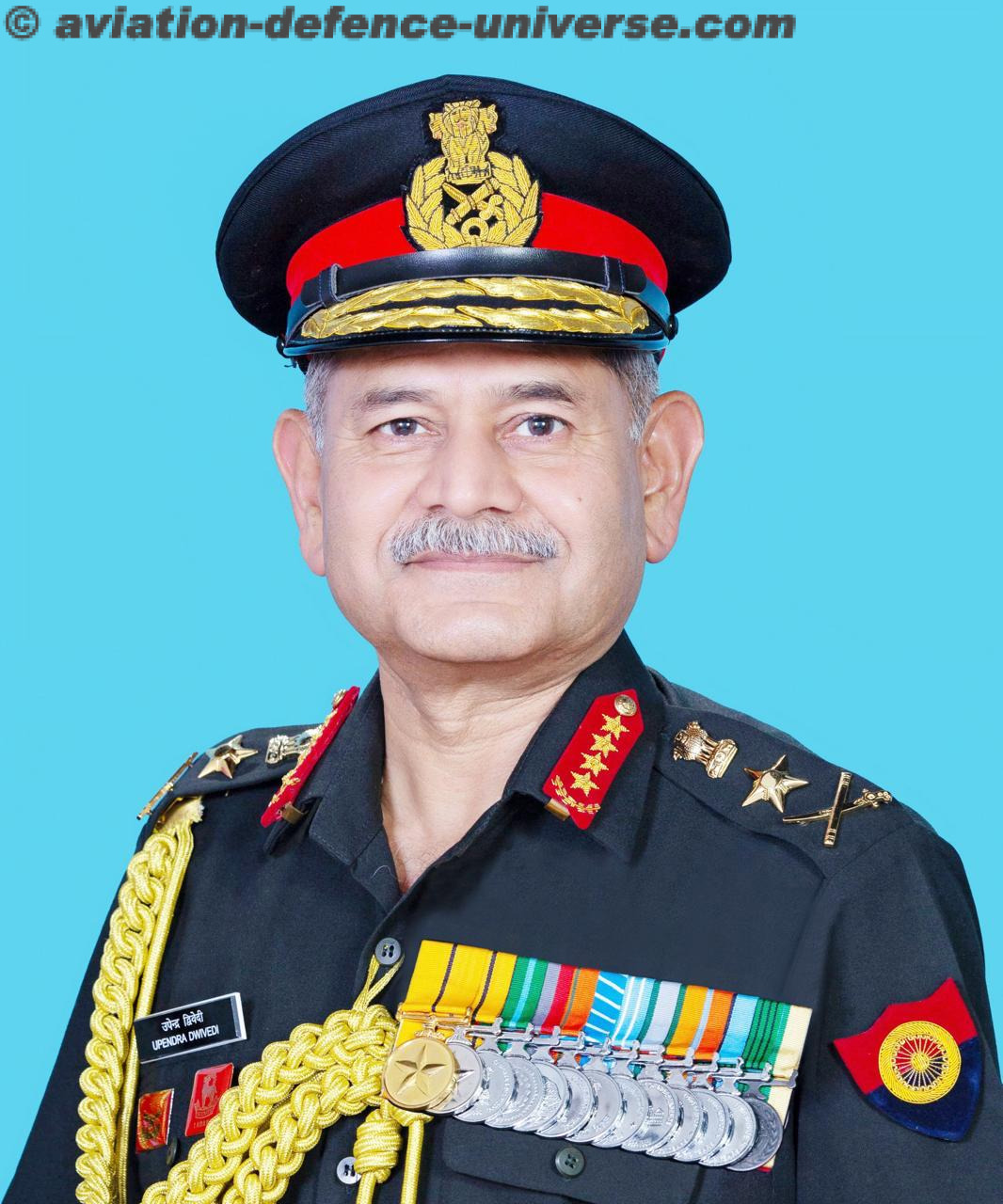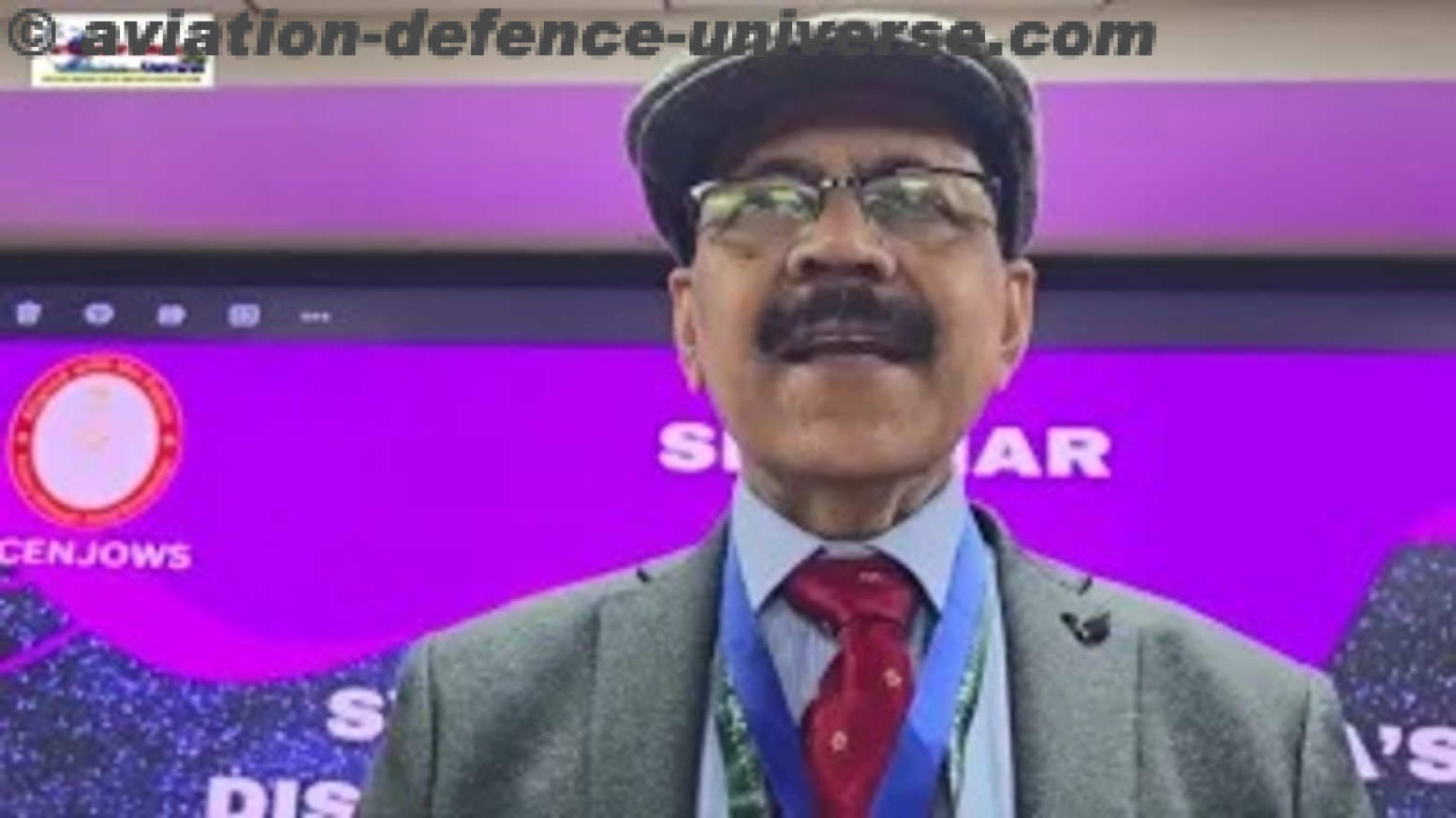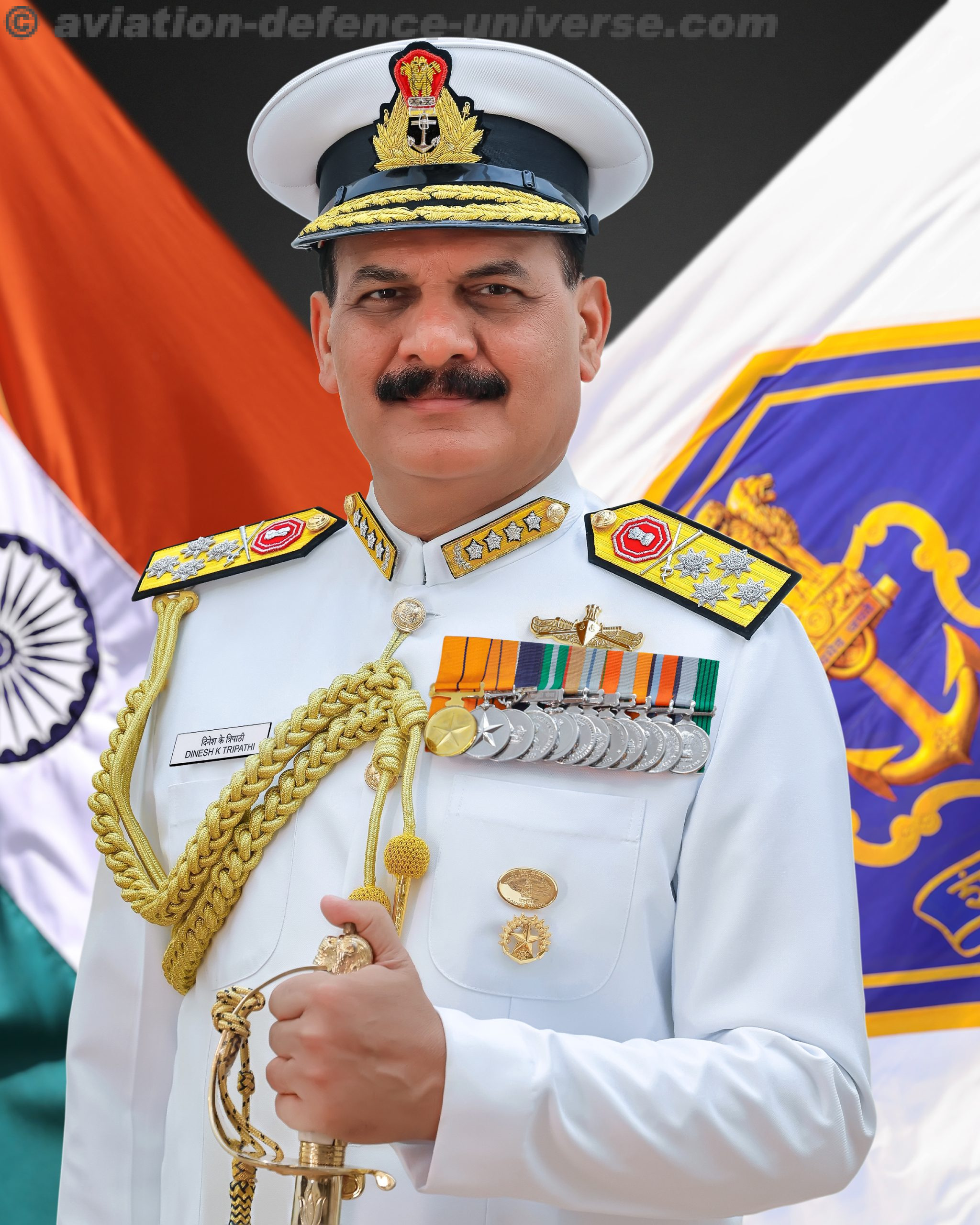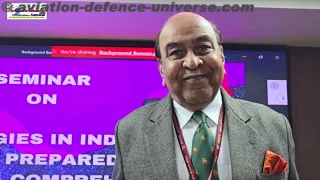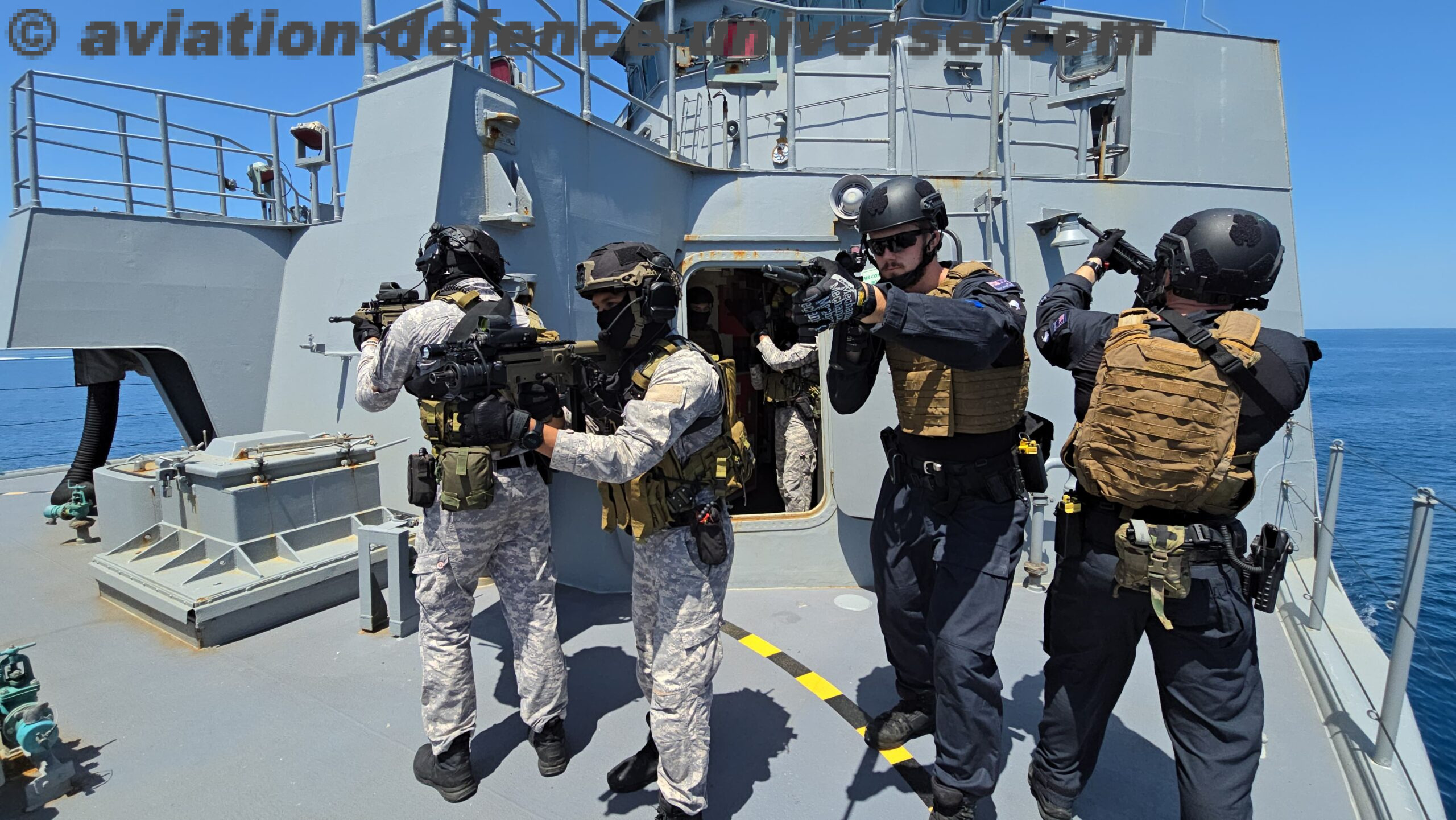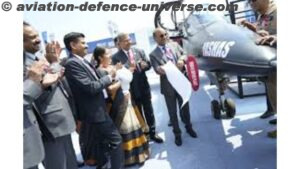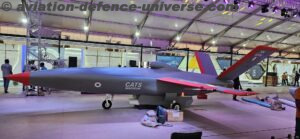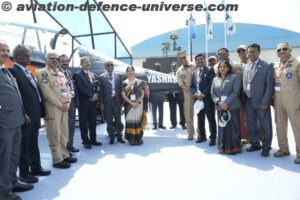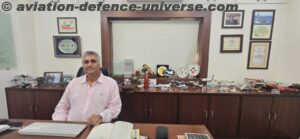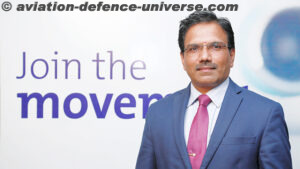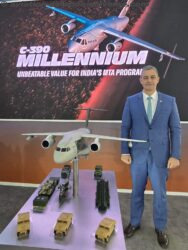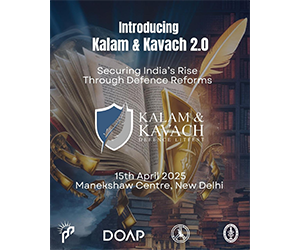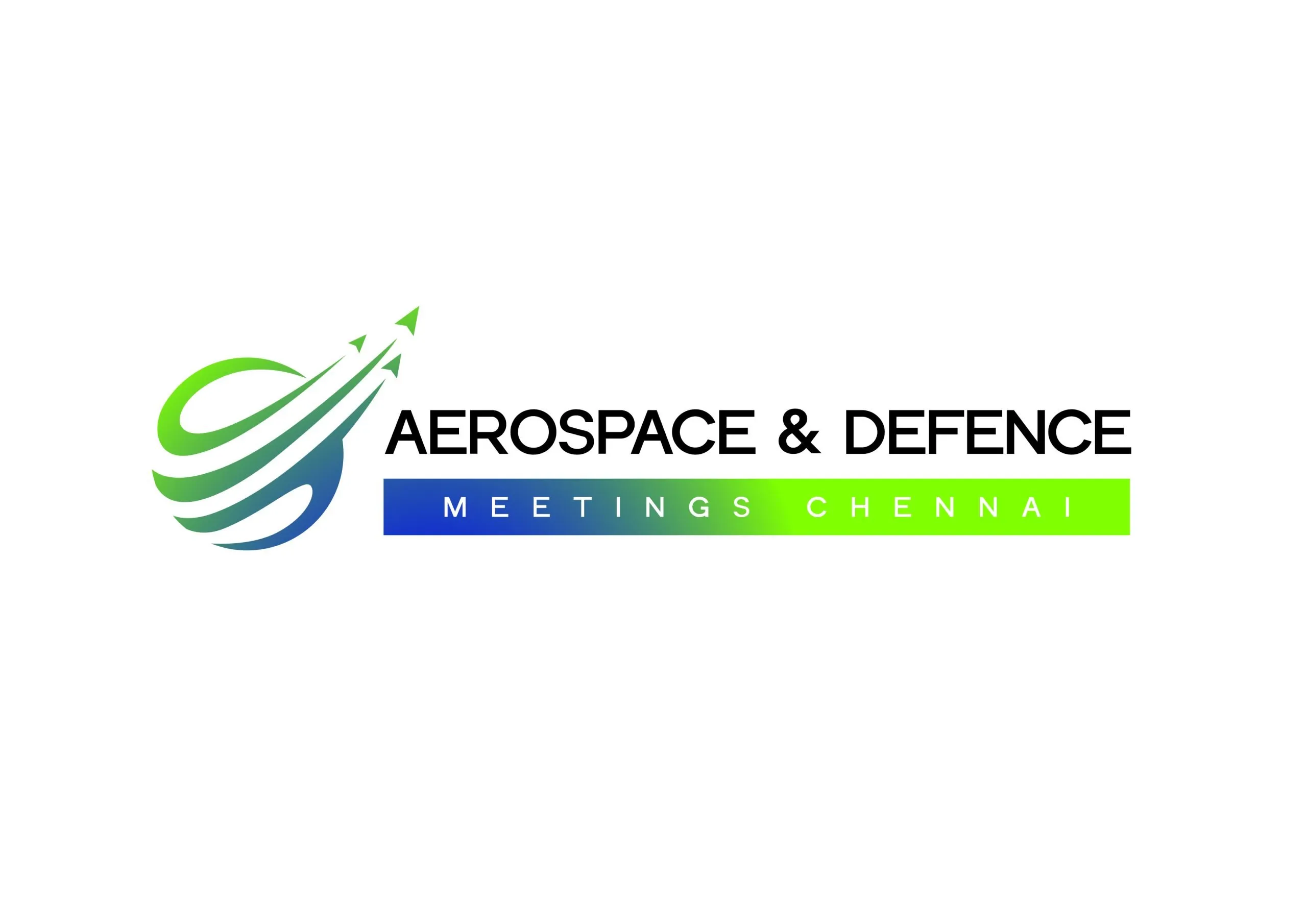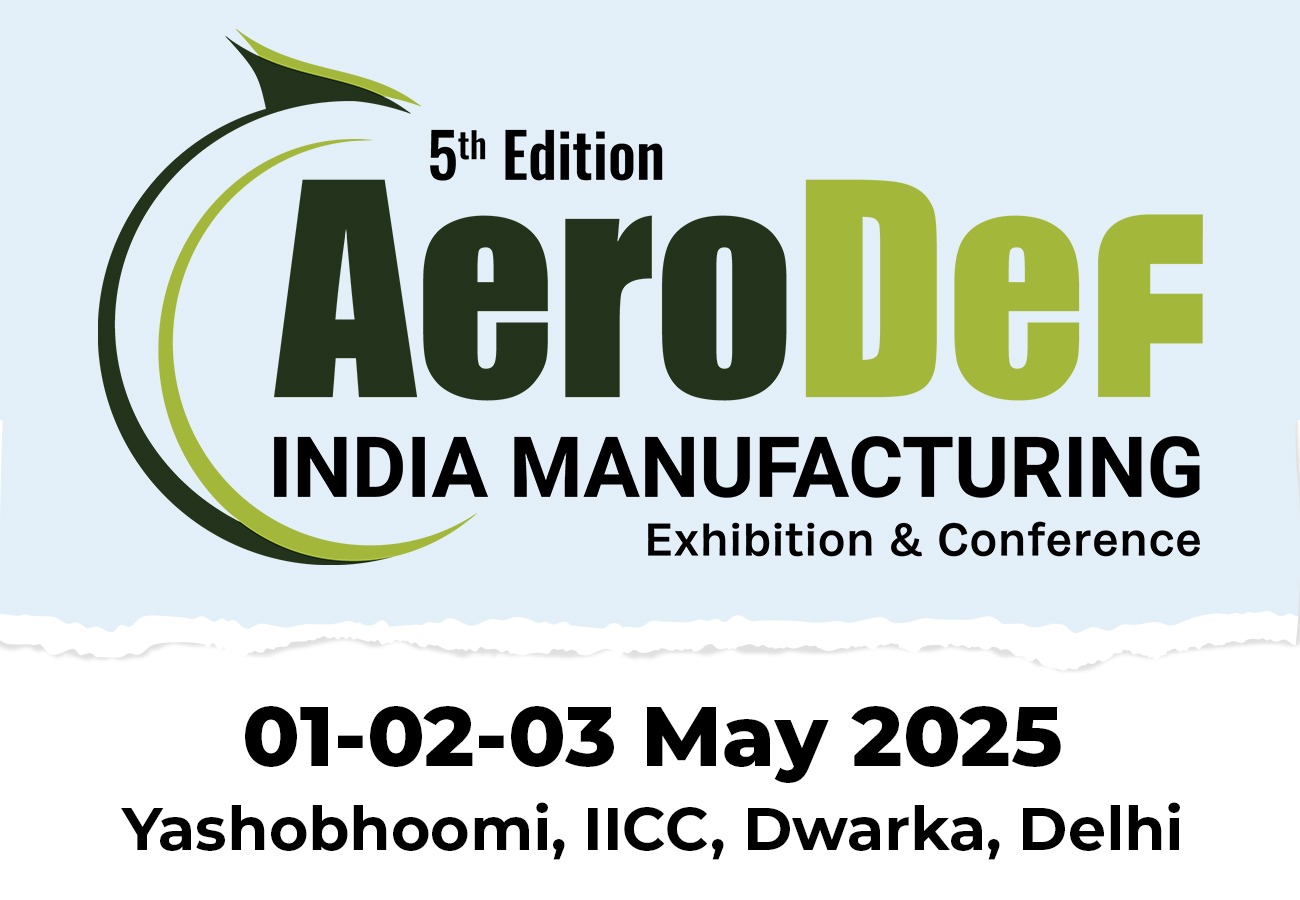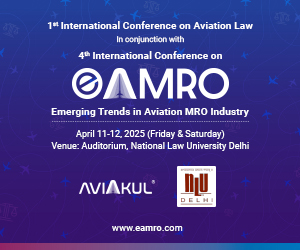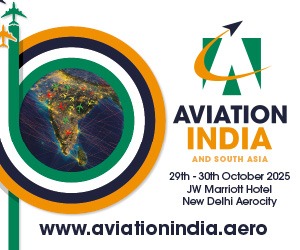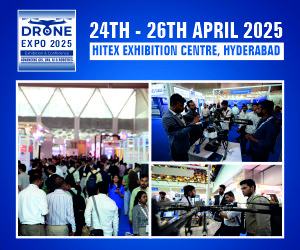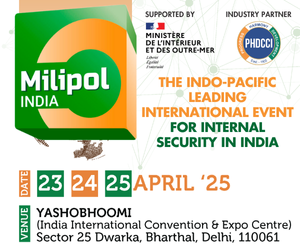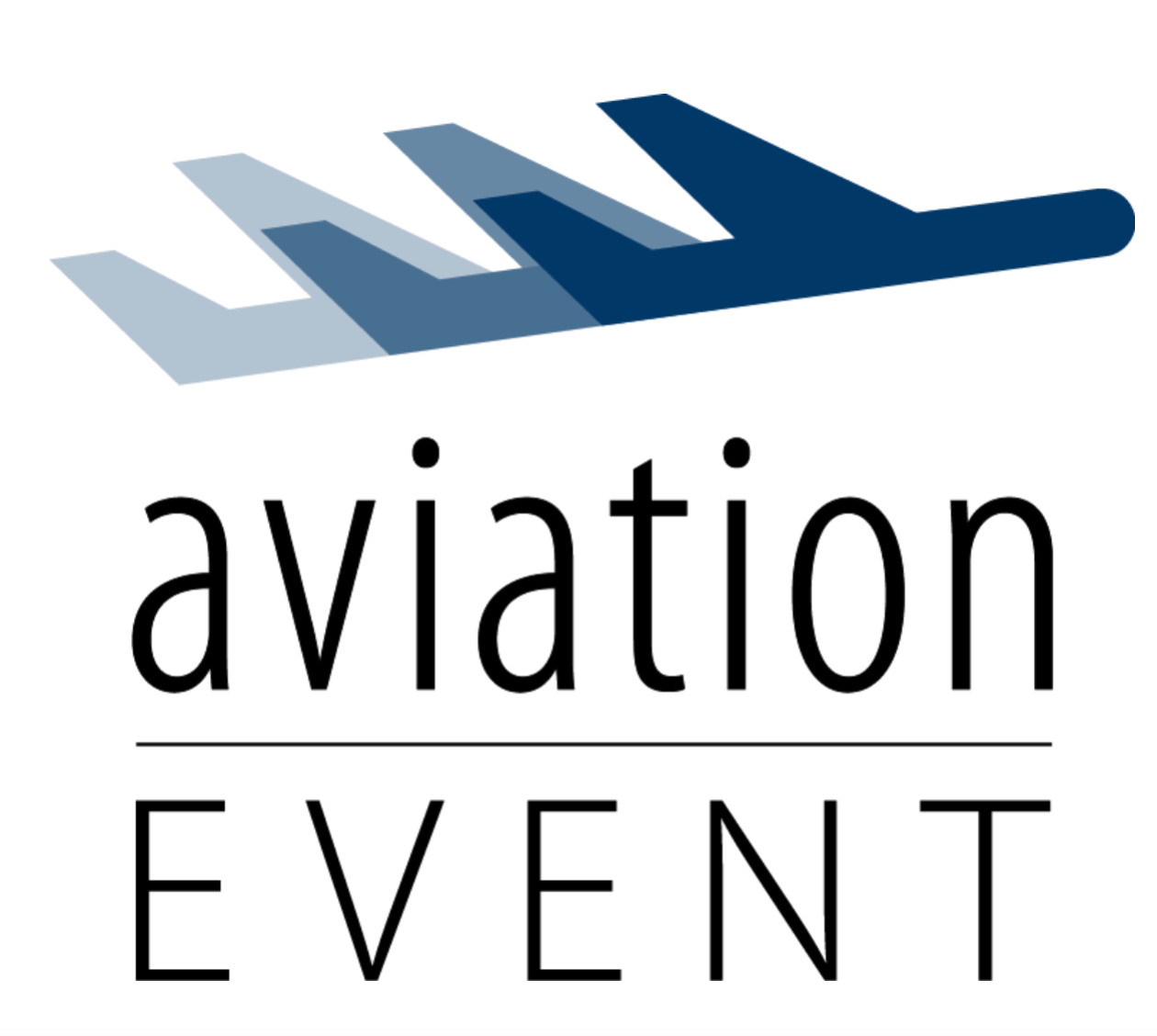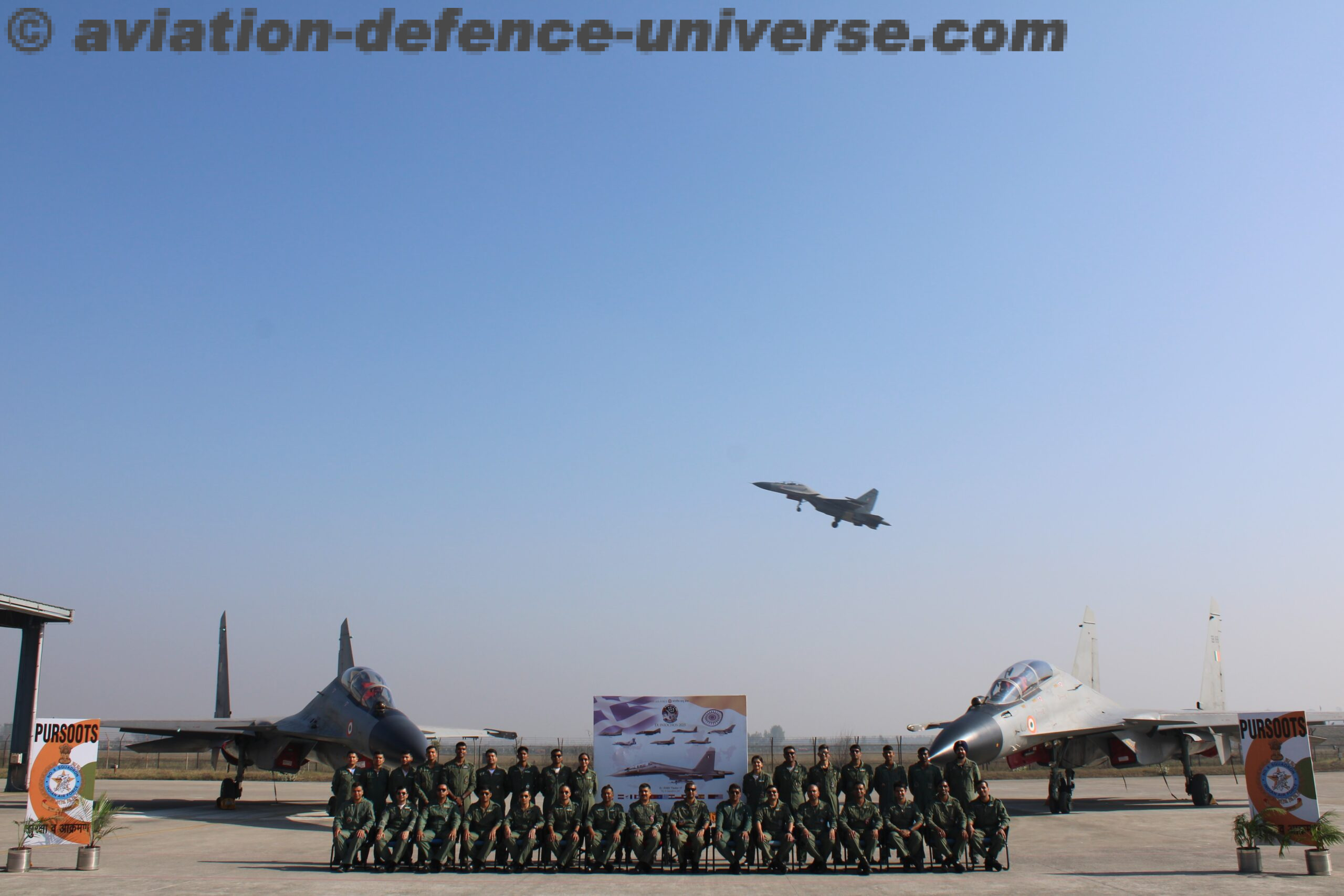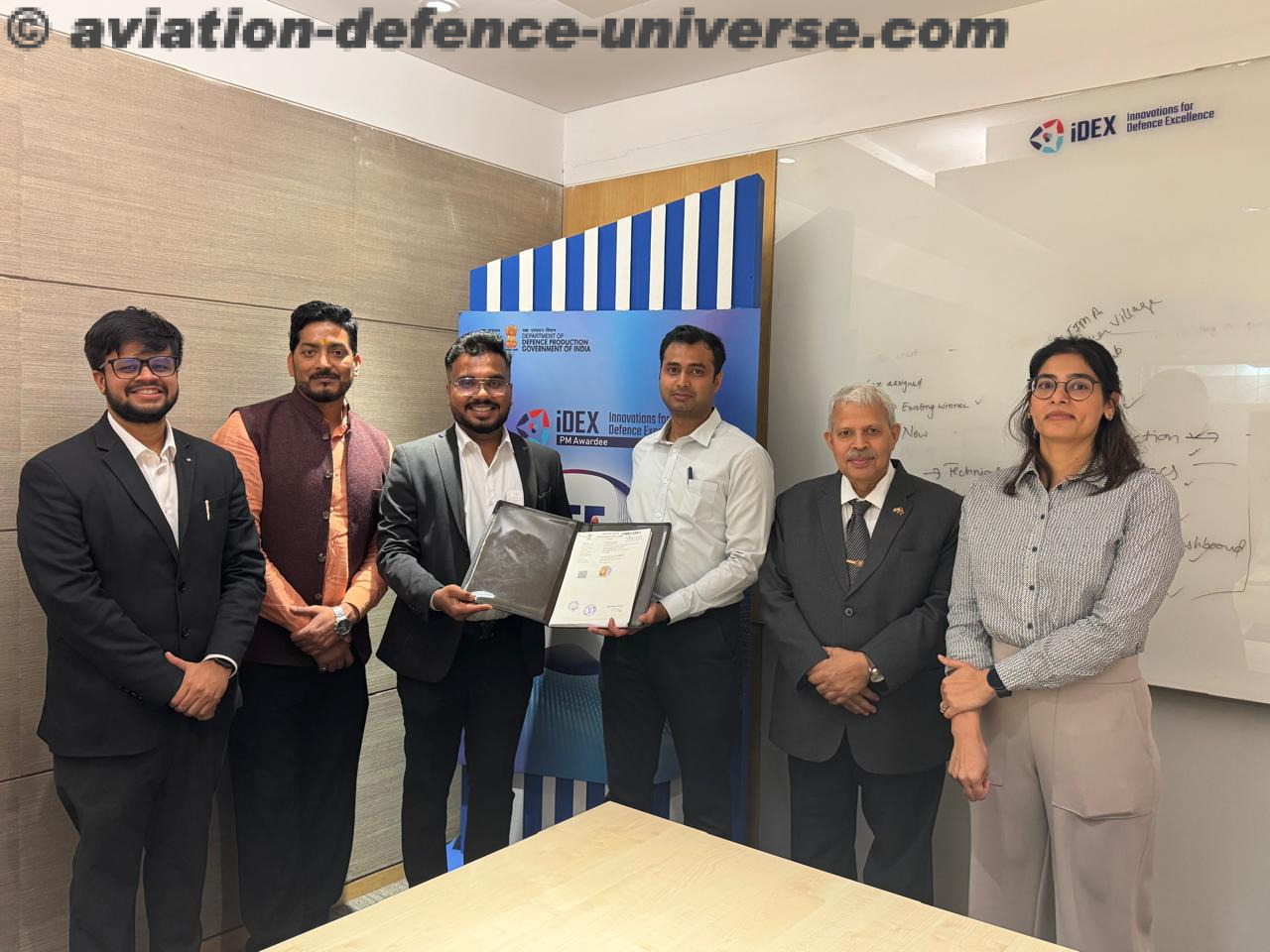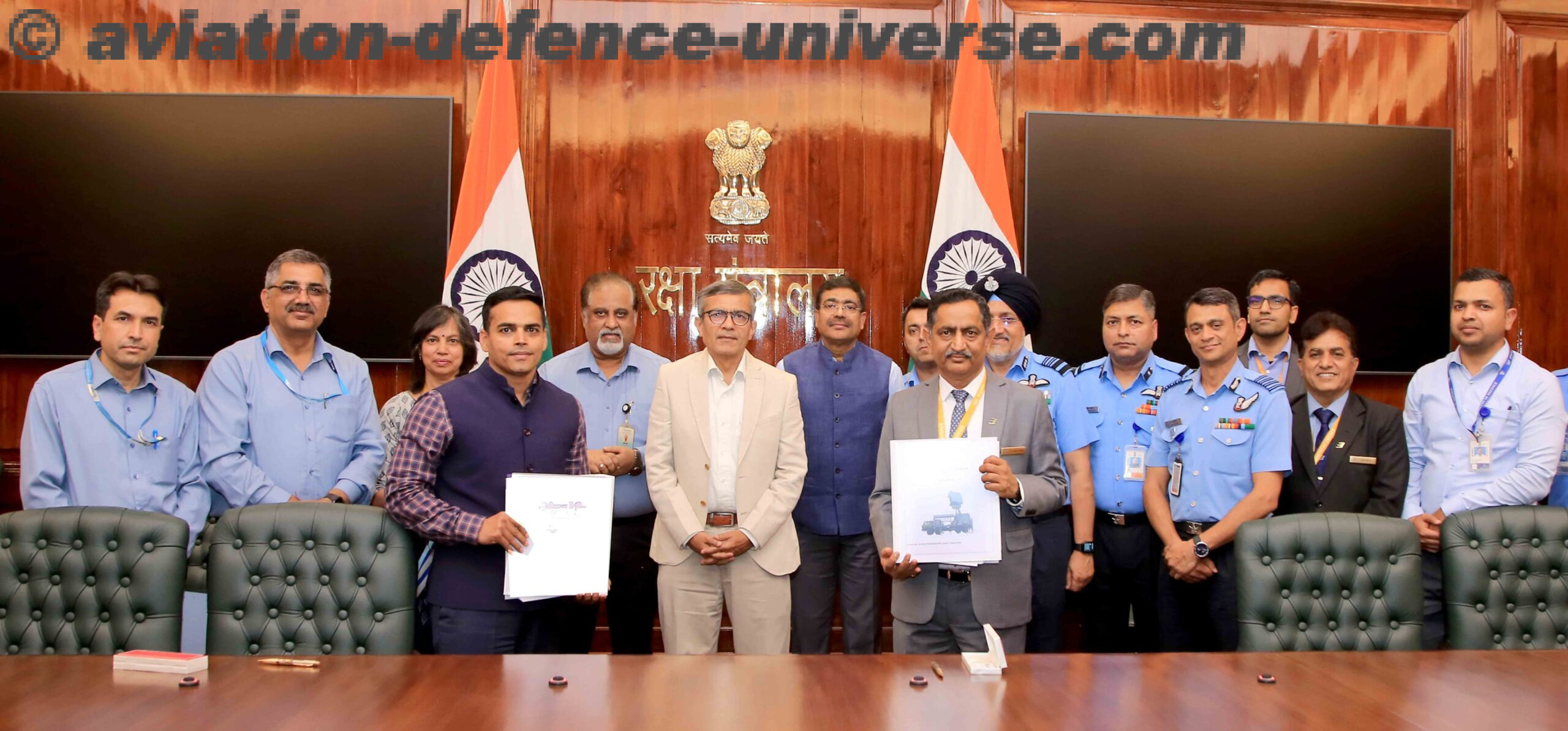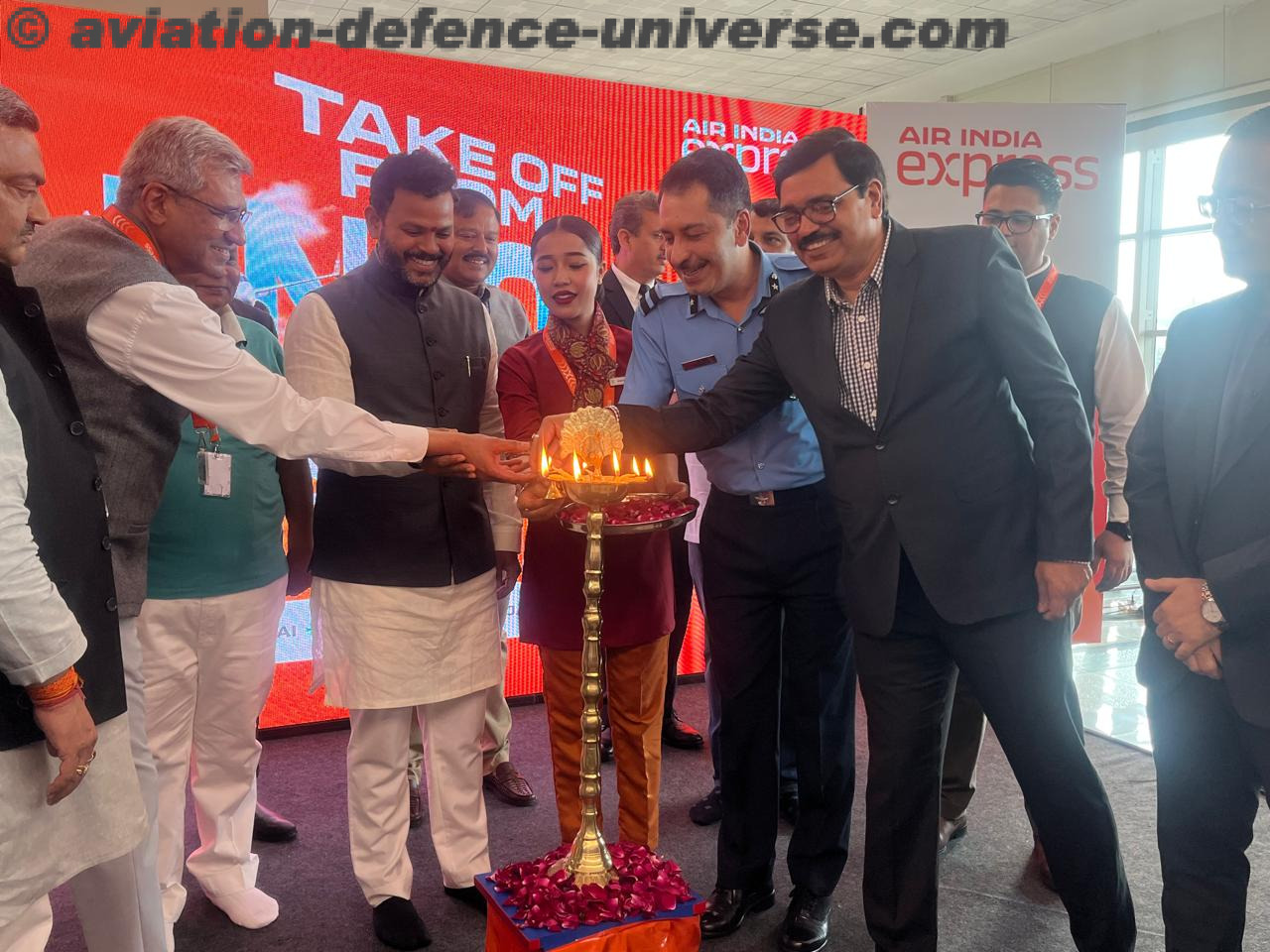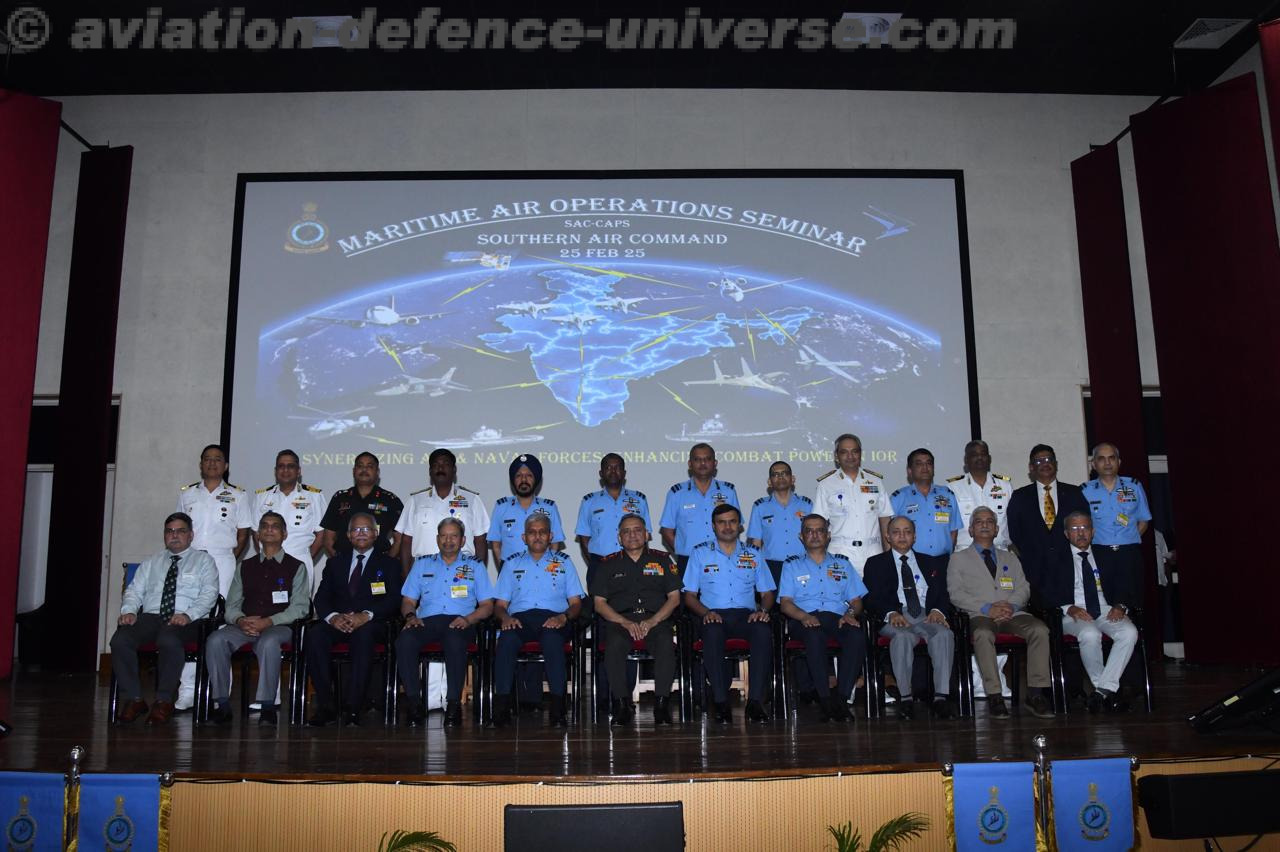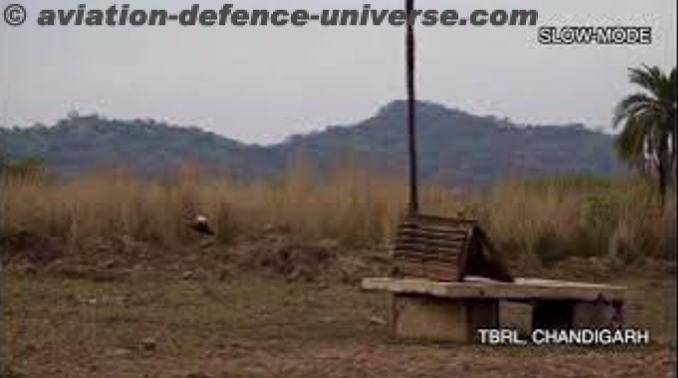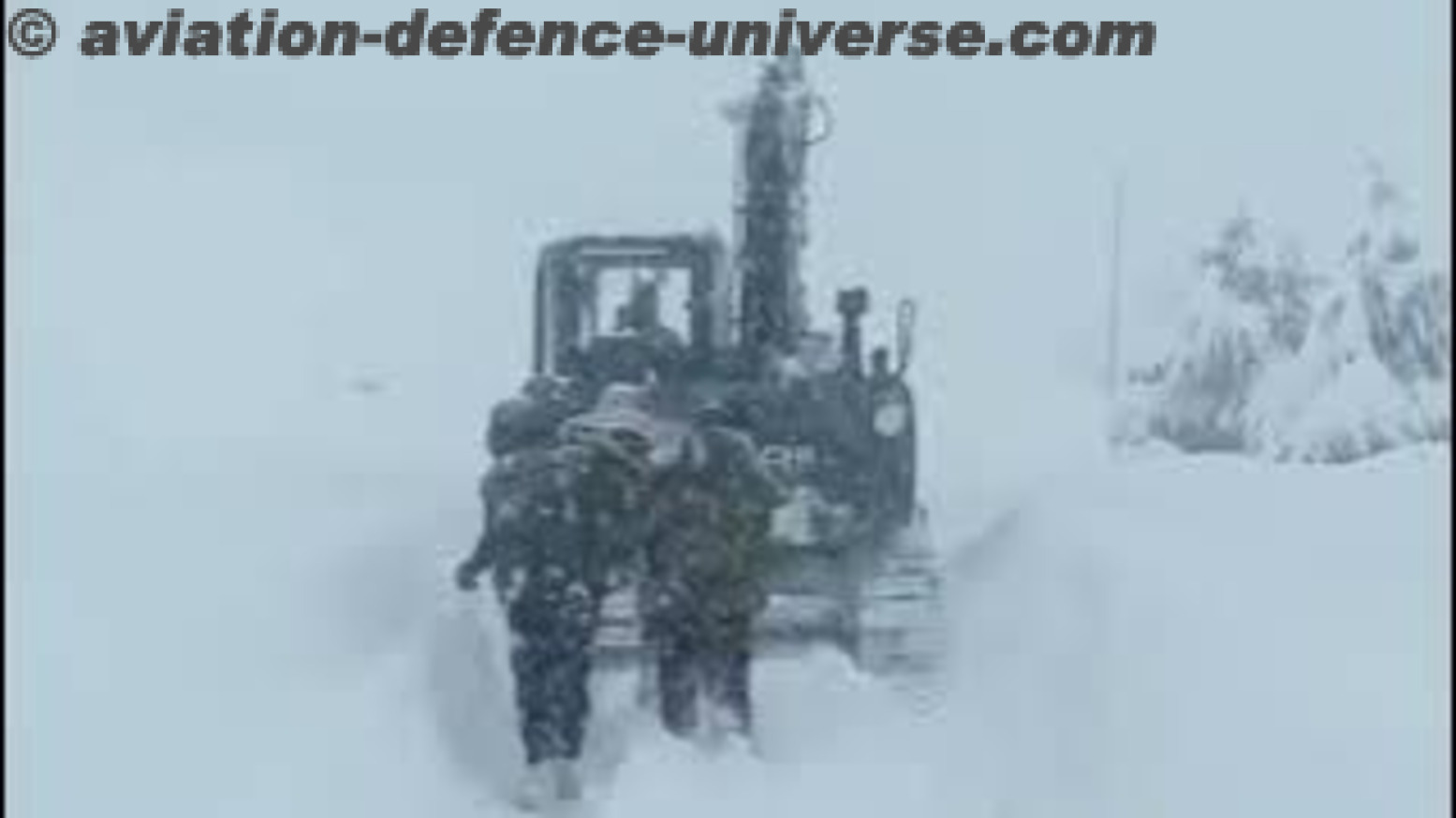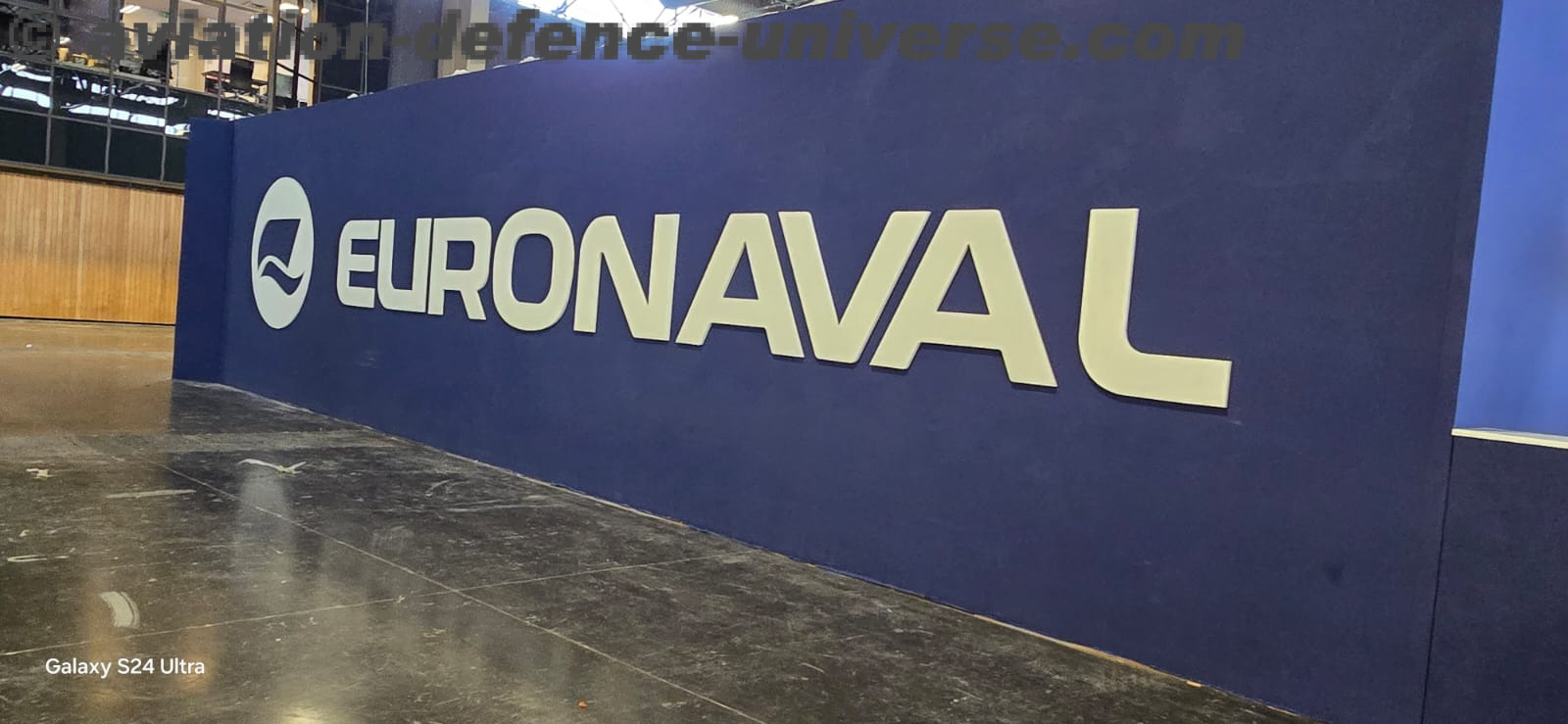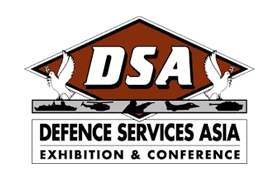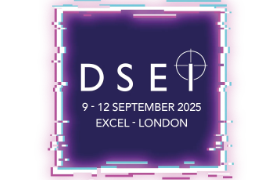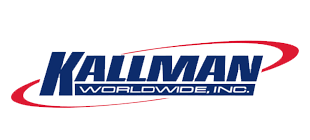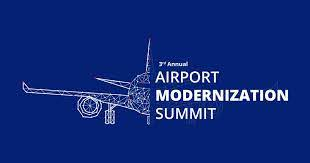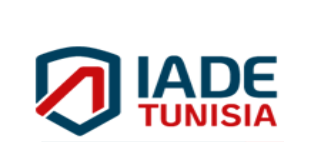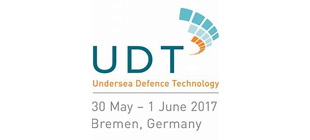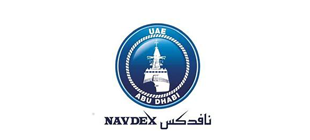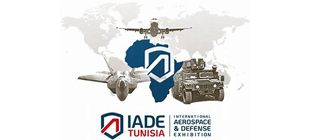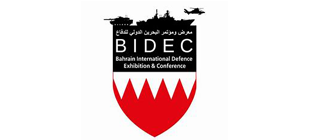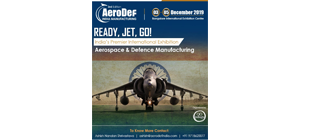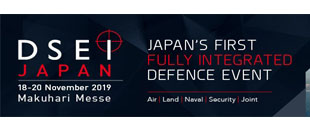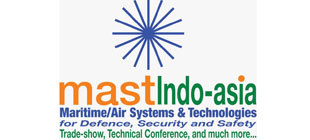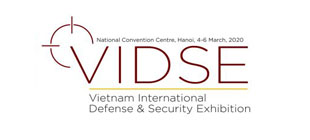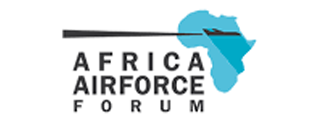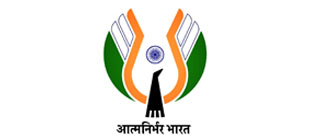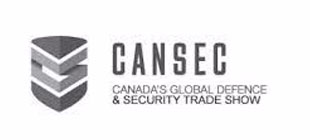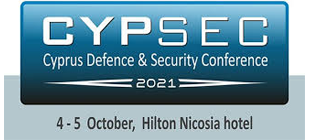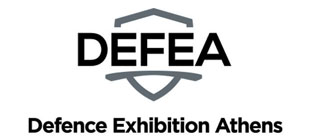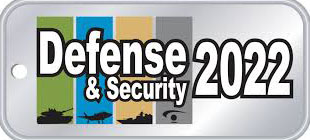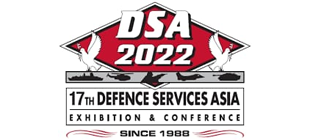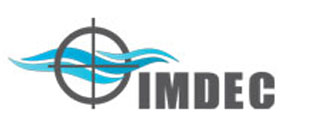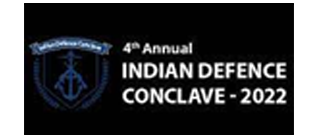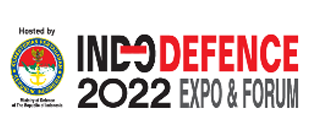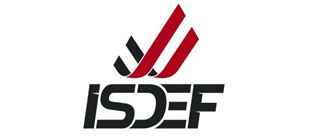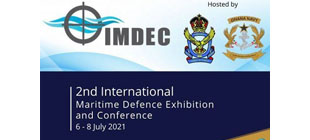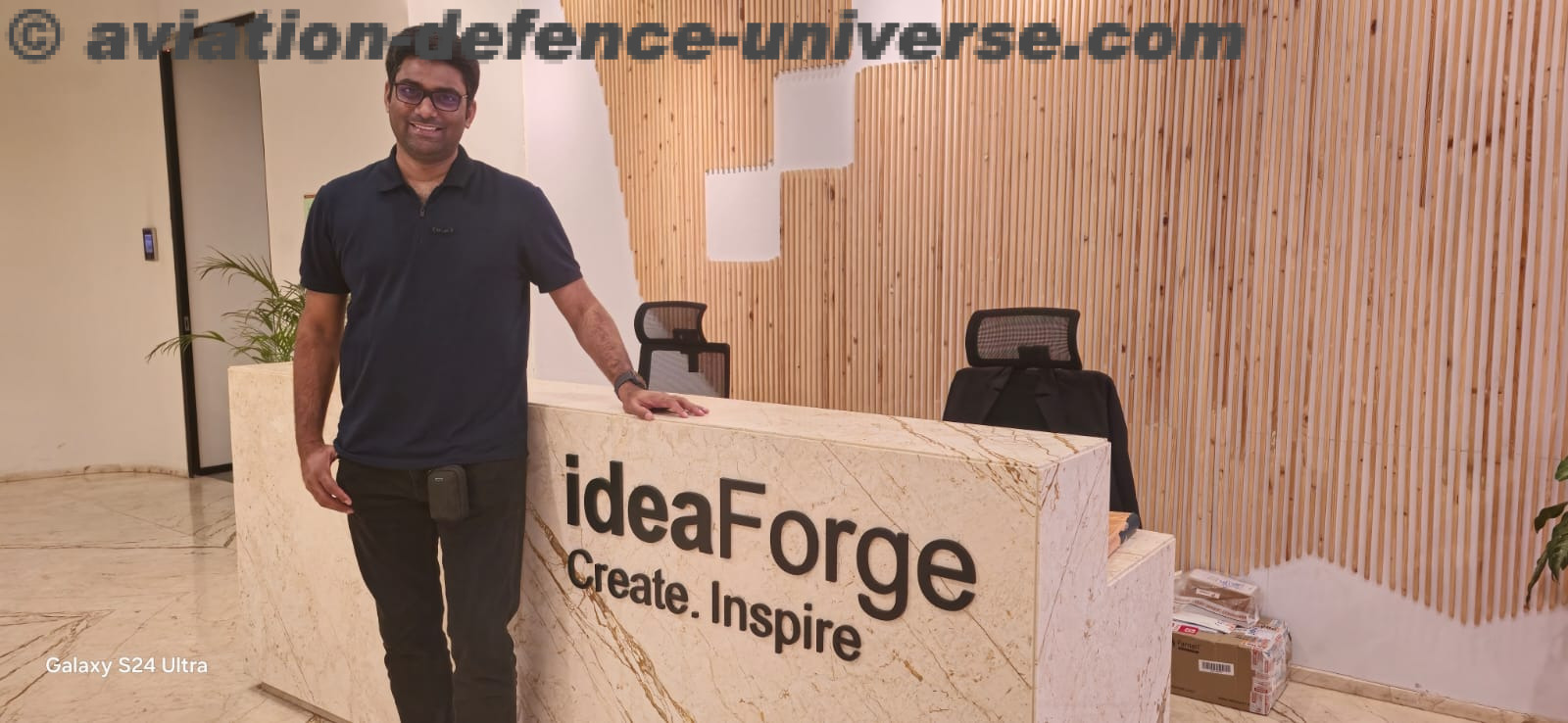
- A story which will inspire generations of Indian youth
Mumbai. 08 February 2025. When Henry Wadsworth Longfellow wrote – Lives of great men all remind us, we can make our lives sublime, and, departing, leave behind us, footprints on the sands of time- little would he have thought that his statement would be an introduction to many an inspirational story, not only of world leaders but also of the common man who inspired generations and industries. One such story is of a young Bombay based entrepreneur who is synonymous with the word drone. In an exclusive conversation with Aviation & Defence Universe (ADU) Ankit Mehta CEO of ideaForge, takes us through the company’s inspiring journey from an IIT Bombay lab project to becoming India’s premier UAV manufacturer.
He shares how a simple hovercraft experiment led to the creation of India’s first indigenous quadcopter drone, the challenges of building UAV technology in its early days, and how the 26/11 Mumbai attacks became a turning point in their mission. From pioneering autopilots to delivering cutting-edge UAVs for India’s defense and security forces, ideaForge has come a long way and is the dream story every youngster wants to re-live.
ADU. ideaForge has been at the forefront of UAV technology in India. How did it all begin?
Ankit Mehta. It started almost 20 years ago when we were still in college. One of my co-founders wanted to build a hovercraft and float it in Powai Lake. That sounded exciting, so we decided to work on it. We quickly built a small prototype but soon realized that we wanted to work on something more innovative. Over the next six months, we independently came up with the quadcopter drone.
At the time, there were no open-source autopilots, and getting counter-rotating propellers was extremely difficult. We had to build everything from scratch. Our first prototype used hand-cut carbon steel blades, which I machined myself.
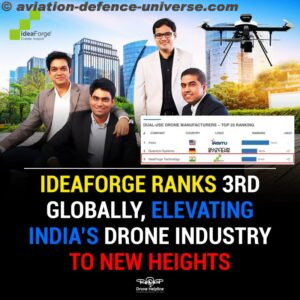 ADU. Was this part of an IIT Bombay research project?
ADU. Was this part of an IIT Bombay research project?
Ankit Mehta. Yes, it was an IIT Bombay-supported innovation project. We developed the first models in the institute’s lab and continued refining the technology over the years. Eventually, I quit my job after six months because my co-founders, who were two years younger than me, were about to graduate. I wanted to ensure we had a business plan in place before they left.
ADU. What was your educational background?
Ankit Mehta. I did my B.Tech in Mechanical Engineering with a dual degree in Computer-Aided Design and Automation. My co-founders also came from strong technical backgrounds—one in Mechanical Engineering, one in Electrical Engineering, and our fourth co-founder, Vipul, had an MBA.
ADU. So how did you transition from a college project to a commercial UAV business?
Ankit Mehta. Initially, we worked on data loggers for hobby aircraft. These data loggers were so effective that we converted them into an autopilot system by 2006-07. By 2008-09, we had built the world’s smallest and lightest autopilot, weighing just 8-9 grams, whereas the Guinness World Record at the time was 16 grams. We supplied this technology to India’s defence labs (DRDO).
ADU. Did this innovation get recognized officially?
Ankit Mehta. We never applied for a record, as we were more focused on building the technology. But in 2008, we helped IIT Bombay secure top honours alongside MIT-US in a prestigious Indo-US Defence Competition, organized by the U.S. Department of Defense and the Indian Army. That was a major breakthrough.
ADU. How did ideaForge’s UAVs become relevant for India’s defence and security forces?
Ankit Mehta. In 2008, right before we supplied to DRDO, we participated in an Indo-US defence competition, where our work caught the attention of DRDO. They needed an indigenous autopilot system and asked us to supply it. That was a huge validation for us. However, the real turning point came after the 26/11 Mumbai attacks. We realized that if our drones had been operational at that time, they could have provided real-time intelligence to security forces. That moment changed everything for us.
We couldn’t afford to be unprepared for the next crisis, so we immediately started converting our technology into a full-fledged product. By 2009, we launched our first commercial UAV at the TEF Expo and in 2010, we made our first sale to a state police special task force. Interestingly, our first adopters were not the military but the police and security forces.
ADU. What was the demand like in the early days?
Ankit Mehta. Security forces had an urgent need for ISR (Intelligence, Surveillance, and Reconnaissance) capabilities, especially in counter-terror and law enforcement. Our drones filled that gap. In fact, many of the UAVs we delivered in 2014 are still operational today, proving the reliability and longevity of our technology.
ADU. What is the typical lifespan of an ideaForge drone?
Ankit Mehta. It depends on the use case. In defence, UAVs typically last 5-10 years, depending on contract specifications. If you look at kamikaze drones, their lifespan is determined by their one-time-use nature. But our focus has always been on reusable and durable UAVs to optimize costs.
ADU. ideaForge has become a key player in India’s UAV sector. What is it’s reach?
Ankit Mehta. Absolutely. ideaForge has been building drones for the last 20 years. That curiosity evolved into developing quadcopter drones, long before they became mainstream. Over the years, we transitioned from academic projects to supplying UAVs for defence, law enforcement, and industrial applications. Today, we have over 500 employees across multiple locations in India and a subsidiary in San Antonio, USA.
ADU. Let’s talk about exports. Which markets have you entered?
Ankit Mehta. Actively, we have made dollar investments in the U.S., where we have a dedicated team handling sales and marketing. Besides that, we have partners in Southeast Asia, Africa, and South America who help us secure opportunities. However, all our manufacturing is currently based in India.
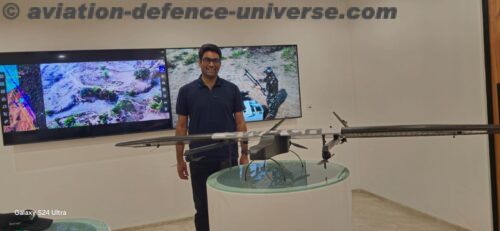 ADU. So do you plan to start manufacturing elsewhere abroad?
ADU. So do you plan to start manufacturing elsewhere abroad?
Ankit Mehta. Based on the requirements on ground and the opportunities that we are targeting, and what are the minimum requirements in those opportunities, I think making the product in a specific country is something we are open to. That entirely depends on the demand and sustainability of that effort.
ADU. ideaForge manufactures both military and civilian drones. What are the key applications?
Ankit Mehta. We are a dual-use manufacturer, meaning our drones serve both defence and civil applications. In defence, our UAVs are used for ISR (Intelligence, Surveillance, and Reconnaissance), protecting military bases, railway yards, cities, and national borders. In civilian use, we are involved in geospatial mapping, including Swamitva Yojana, where we help map 660,000 villages for property rights. We also work in coastal monitoring to prevent illegal fishing and encroachment.
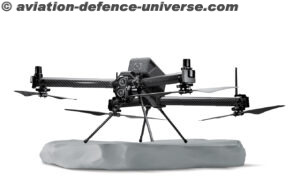 ADU. ideaForge recently launched NETRA 5. What makes it different?
ADU. ideaForge recently launched NETRA 5. What makes it different?
Ankit Mehta. NETRA 5 is a resilient, versatile, and futureproof UAV. We designed it to withstand electronic warfare (EW) environments, which is a major challenge in modern conflicts. The drone is designed for uncompromised mission reliability, featuring un-jammable navigation that allows it to operate even in heavy electronic warfare (EW) conditions. Its flexible payload bay supports up to 2 kg of additional payload, enabling diverse mission capabilities. With AI-powered onboard compute, it facilitates real-time decision-making for enhanced operational efficiency. Built for extreme weather resilience, it functions seamlessly in temperatures ranging from -30°C to +55°C, making it highly effective across mountains, deserts, and urban warfare environments. This cutting-edge UAV ensures that forces can rely on it in any terrain or combat scenario.
ADU. What is your stance on kamikaze drones?
Ankit Mehta. While we don’t make kamikaze drones, we focus on precision payload delivery. Kamikaze drones increase the cost of war because they are single-use. We believe in optionally expendable drones, meaning they should return and be reusable unless absolutely necessary.
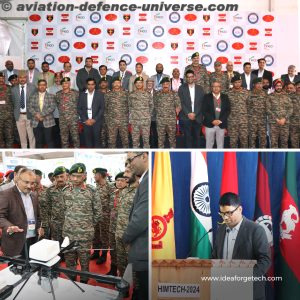 ADU. How significant is ideaForge’s role in India’s defence forces?
ADU. How significant is ideaForge’s role in India’s defence forces?
Ankit Mehta. Our UAVs are widely used by the Indian Army, Navy, Air Force, Coast Guard, and paramilitary forces like BSF, CRPF, and ITBP. We’ve developed ship-based landing capabilities, and our drones are already being used for coastal monitoring and high-altitude operations.
ADU. Do you foresee drones being widely used by common people in India?
Ankit Mehta. Not immediately at an individual level, but they are already helping in public safety, city surveillance, traffic monitoring, industrial inspections, and agriculture. Drones are making cities cleaner, industries safer, and border security more effective.
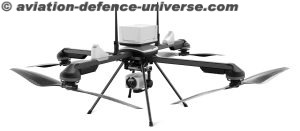 ADU. ideaForge prides itself on ‘Make in India’. How indigenous is your technology?
ADU. ideaForge prides itself on ‘Make in India’. How indigenous is your technology?
Ankit Mehta. We design and manufacture almost everything in-house, including autopilot systems, battery packs, charging solutions, and communication software. Our commitment to self-reliance ensures that we easily exceed the 60-70% indigenization norms set under the IDDM (Indigenously Designed, Developed, and Manufactured) guidelines. However, for certain critical components like chips and thermal imagers, we still rely on imports, as these technologies are not yet fully developed domestically.
ADU. Today the drone industry is the most crowded space. Does it take away exclusivity from ideaForge?
Ankit Mehta. ideaForge continues to be a pioneer in India’s UAV industry, delivering battle-tested, high-performance drones for defence, security, and commercial applications. With the launch of NETRA 5, the company is pushing the boundaries of electronic warfare resilience and AI-driven autonomy. As India strengthens its Make in India and Atmanirbhar Bharat initiatives, ideaForge is set to play a crucial role in shaping the future of unmanned aerial systems. Our march is now towards undiscovered futuristic unmanned innovations which makes our R&D the best. Search, research, develop and manufacture are the steps in our ladder.
ideaForge’s journey from an IIT Bombay project to India’s leading UAV manufacturer has been driven by innovation, resilience, and a commitment to national security. With a track record of delivering battle-tested, long-lasting UAVs, the company continues to lead in the defense, security, and industrial drone markets. As India pushes for self-reliance in defence technology, ideaForge stands as a shining example of Make in India success. And what better than catching the lion in his den ! ADU conducted this interview at the ideaForge Corporate HQs at Navi Mumbai.
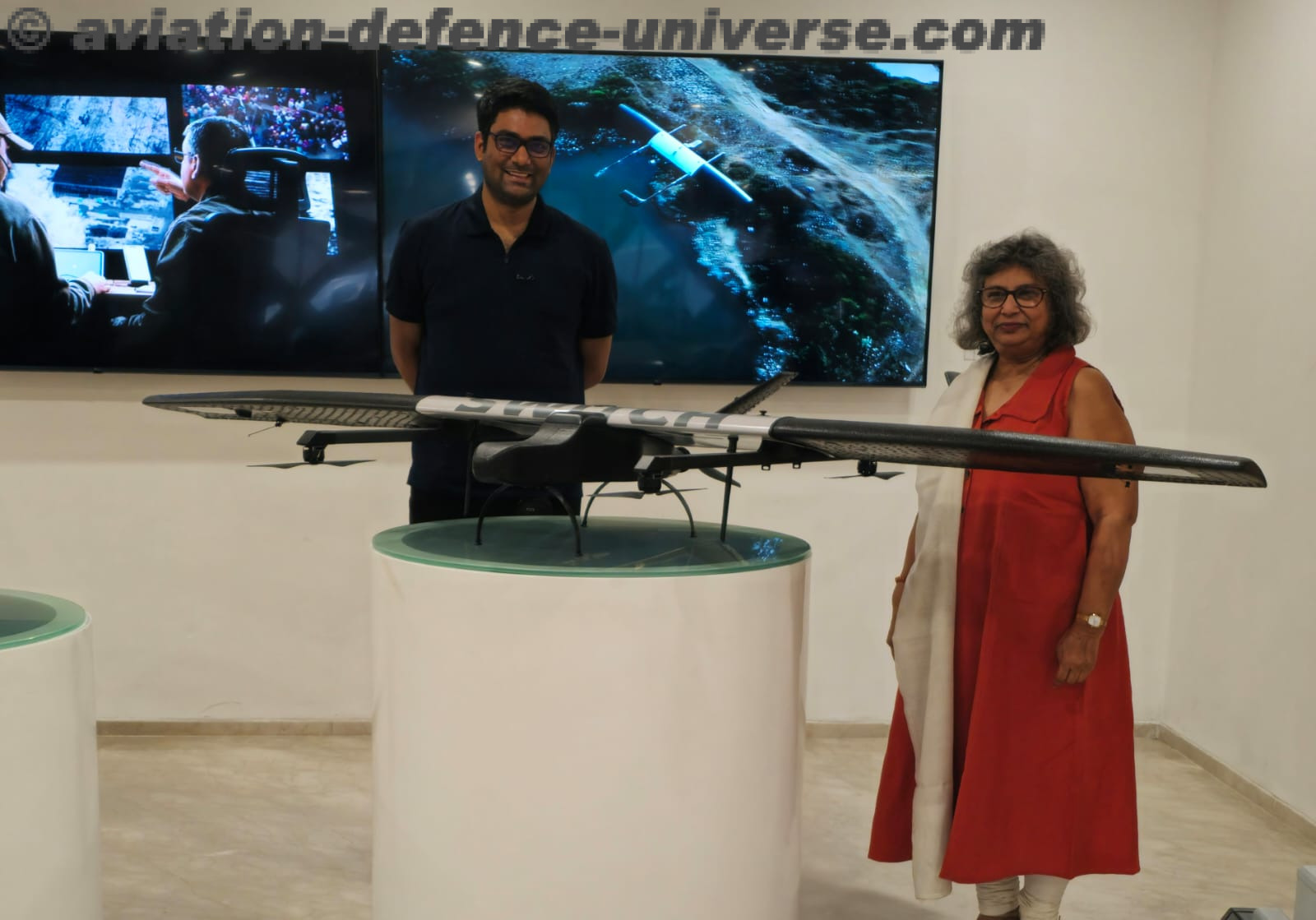
As Told To Sangeeta Saxena.


